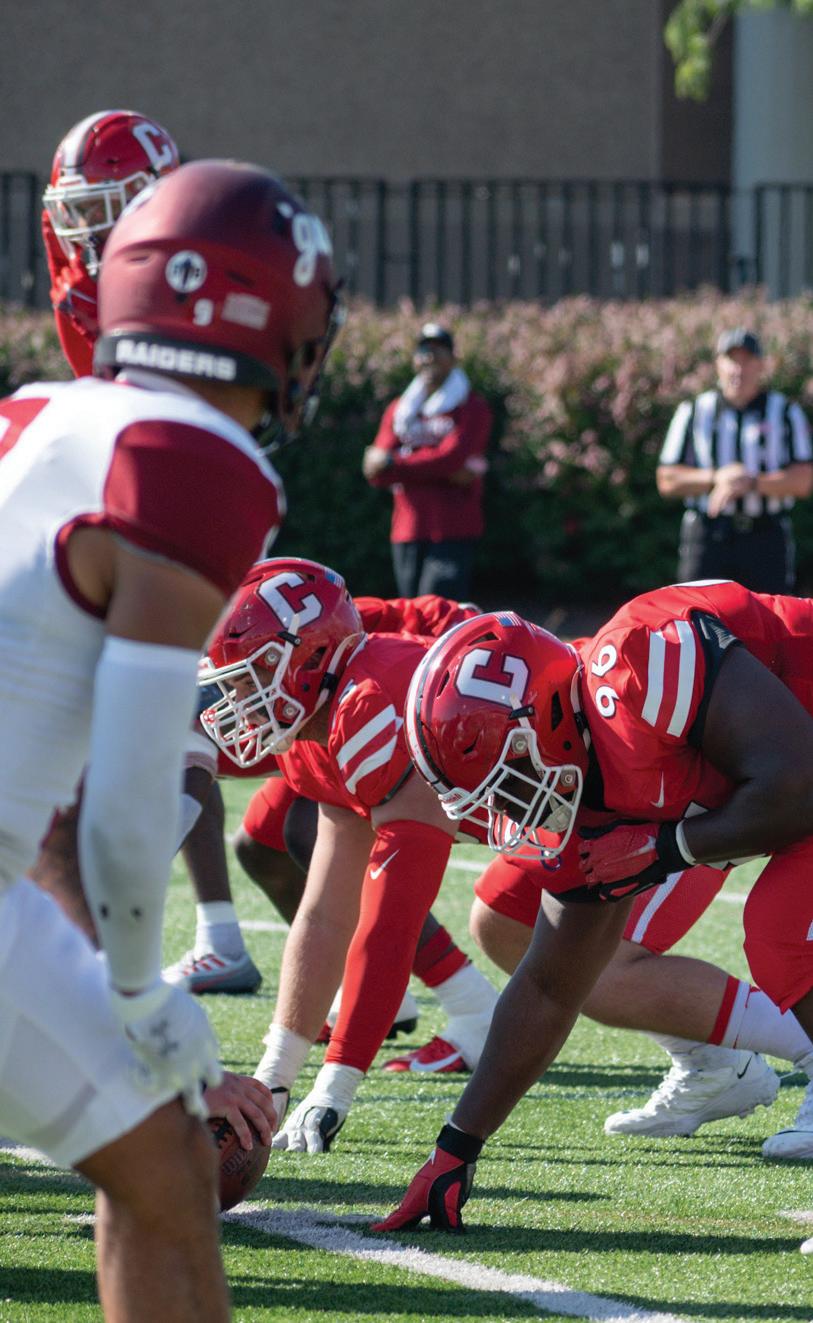

The Corne¬ Daily Sun
A SIT-DOWN WITH SWANSTROM
ZEINAB FARAJ Sun Features Editor
Head coach Dan Swanstrom is now in his second year leading the football team. With the 2025 season underway, The Sun sat down with him to discuss some burning questions — including Cornell’s quarterback situation, defensive play and approach to the remaining eight games.
Who will be the starting quarterback?
With the graduation of former quarterback Jameson Wang ’25, the biggest question mark the Red needed to address was who would take the helm of the offense. While the Red’s quarterback room is slated with five options under center — including newly recruited freshmen Ryan Downes and Ty Blair — the two frontrunners for the job are junior quarterbacks Garrett Bass-Sulpizio and Devin Page.
Swanstrom described the decision process of selecting a starter as “difficult” and emphasized the need to see both contenders play “under the lights.”
“We don’t get an opportunity to scrimmage in the Ivy League, so we don’t get to see our guys play in a game-like situation,” Swanstrom said. “You practice, you practice, you practice but as Mike Tyson said, ‘Everyone’s got a plan until you get punched in the mouth.’”
In the Red’s loss to UAlbany, Devin Page got the start at quarter-
back, with Cornell opening the game in a no-huddle offense and lining up Page in shotgun formation. He picked up two first downs for a shortlived and scoreless drive of 33 yards. Bass-Sulpizio got to start on the next possession for the Red but struggled to convert a first down. For the rest of the game, both quarterbacks saw action.
The Yale game this past weekend also provided a mixed bag for the Red — Page got the start and helped the Red gain the first score of the game. He recorded two touchdowns and 24 completions. However, four interceptions, which cost Cornell possessions and points, were the headline of the game.
“For first-time starting quarterbacks, the progress isn’t linear and there are ups and downs,” Swanstrom said. “The biggest thing we are looking for right now is how they are going to respond to mistakes.”
A new and improved defense?
The Red’s defense has historically struggled — in the last four years, Cornell has given up at least 248 points per season, which equates to nearly 25 points per game.
Most notably, the Red have struggled to keep opponents’ scores in the single digits — the last time Cornell held a team to less than 10 points was Sept. 21, 2019 against Marist College. The last time the Red shut out a team was Nov. 14, 2015 when it barely bested Columbia by a score of 3-0.
Swanstrom, however, is optimistic that the defensive unit is “in a better
position now” and told The Sun that during the offseason, he worked closely with his crew of defensive coaches to find a better game plan for the Red.
“[We have] a much more systematic approach to the structure of defense, and I think it really allowed our kids to play fast, read their keys [and] get aligned,” Swanstrom said. “I definitely noticed a huge uptick in their speed of play. And their ability to play fast and hit … I really like what I saw on that side of the ball.”
The defensive unit did show promise against UAlbany, holding the team to just 13 points. However, this weekend against Yale, the Red struggled to protect its endzone and conceded 41 points to the Bulldogs.
“There are definitely some things that we need to work on and clean up,” Swanstrom said. “One element is definitely tackling because we don’t have a preseason schedule, and during the practices leading up to the season, I really prioritize protecting my players.”
What’s next for the rest of the season?
Swanstrom told The Sun that he gives each opponent “every ounce of respect and preparation that they deserve” and starts his preparation by watching film on the team — first, defensive play in the morning, and then offensive structure in the afternoon.
“I just fill my notebook with notes, and then I try to formulate a plan in my mind to attack the opponent,” Swanstrom said. “And then from
Football Drops Ivy Opener to Yale
MATTHEW LEONARD
Sun Staff Writer
The Red came into its first Ivy League matchup of the season having only scored one touchdown in a 13-10 loss in its season opener against UAlbany. Head coach Dan Swanstrom also told The Sun that it was unclear who would be the starting quarterback entering the matchup against Yale (1-0, 1-0 Ivy League).
However, when the nod was given to junior Devin Page, he did not disappoint.
Under his leadership, the Red offense came out swinging, scoring a touchdown in each of the first two quarters. A one-yard run from Page fueled the first drive from the Red’s offense. This was the first time since Nov. 9 that the Red offense has scored a touchdown in the first quarter. The offensive display kept the game extremely close, with the score ending at 14-14 once the
halftime whistle blew.
The second half saw the Yale offense come out swinging, easily moving the ball all around the field and finding no difficulty in moving past the Red defense. The Bulldogs would score a touchdown and two field goals to take a 27-14 lead over the Red.
While the Bulldogs offense picked up the lead in the second half, Page went into overdrive. He threw for an outstanding 84 yards just in the third quarter, scoring a third touchdown for the Red.
Junior tight end Ryder Kurtz who was on the receiving end of this touchdown, cutting the Bulldogs lead down to only six points. This catch was the sixth career touchdown for Kurtz, tying the Cornell record for most ever touchdowns by a tight end.
Heading into the fourth quarter, the score sat in favor of the Bulldogs at 27-21. To win, the Red had to stop Yale on its possession and capitalize with a touch-
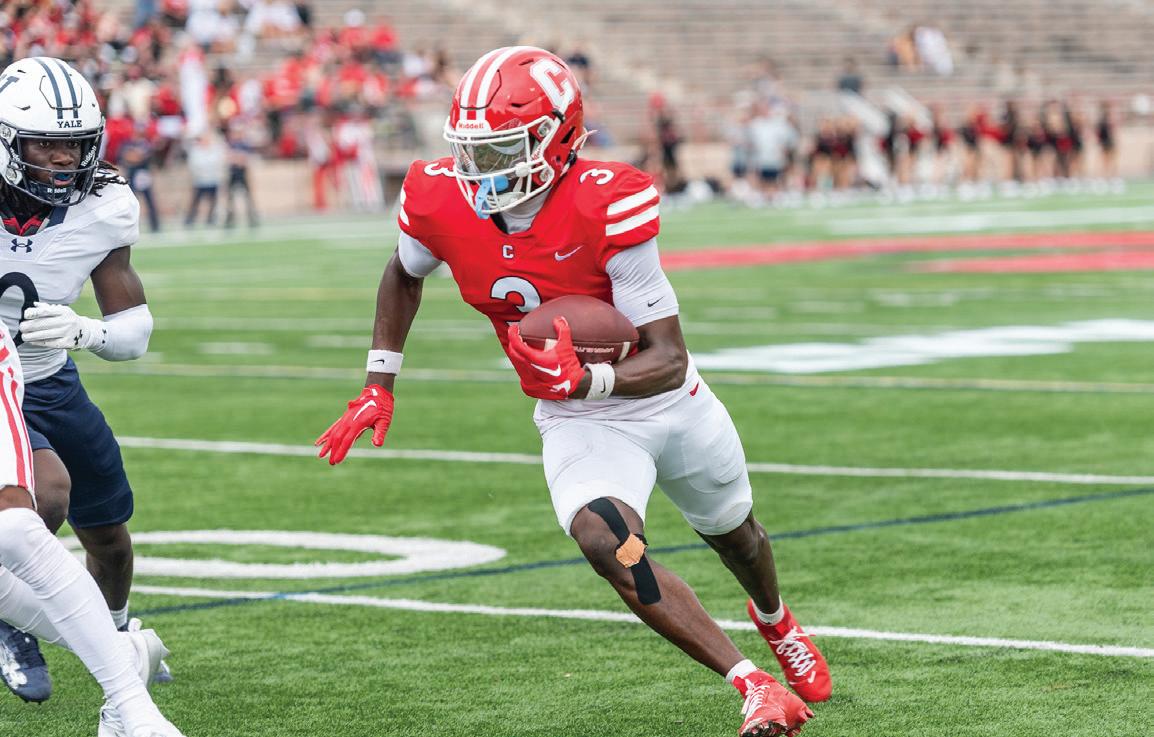
down of its own.
Prior to the game, coach Swanstrom noted that the defense had improved since last season. This improvement was evident when they got a quick stop against the Bulldogs, leading to a clutch field goal from junior kicker Alan Zhao — bringing the game within three points.
“I just really was pleased with the effort [from the defense],” Swanstrom said referring to the loss against UAlbany. “Not only the effort but the ability to stay on task.”
After another quick stop from the Red defense, the ball went back into the hands of Page — and the offense began strong, slowly moving the ball up the field.
With just under three minutes on the clock, a crucial error from the Red offense would see the Bulldogs intercepting the ball and taking back control of the game.
Yale then scored two late touchdowns after a breakdown coming from errors of both the offensive and defensive units, solidifying a tough 41-24 loss for the Red.
Football will celebrate homecoming when it returns to Ithaca to take on Colgate University (1-3, 1-0 Patriot League) at 2 p.m. on Oct. 4. To read The Sun’s preview on the matchup, head to pg. 4 of the Homecoming Supplement.
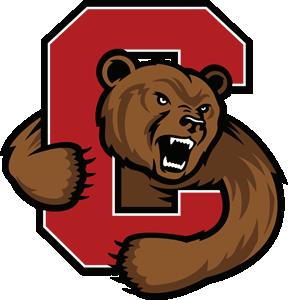
there, we go implement these game plans, and that structure remains the same week in and week out.”
Swanstrom also highlighted that his mentality for the season was to approach it “one game at a time” and help his offensive and defensive coaches “construct successful gameplans.”
“If you look too far ahead, this game will smack you down in a hurry,” Swanstrom said.
For Swanstrom, the definition of a successful season this year isn’t a record or amount of touchdowns scored — it’s to see how the team develops and responds to difficult situations.
“I want to see how we handle adversity and how we can bounce back,” Swanstrom said. “I’ve coached in this league a long time and I just can’t recall this program ever playing this fast and this hard, and I want that to become the standard of what we are.”
Swanstrom also told The Sun that he was excited for the season ahead and can’t wait to see what new leaders step up to help define the program this year.
“This [team] is the new Cornell, this is the new way we play with a little bit of attitude, a little bit of effort with that level of energy,” Swanstrom said.”Now the big question is whether or not this is all sustainable or just a one time thing.”
Zeinab Faraj can be reached at zfaraj@cornellsun.com.
HOMECOMING BY THE NUMBERS
54 miles northeast of Cornell stands Colgate University — a school with which the Red shares a 129-year history, dating back to their first matchup in Ithaca, when Cornell defeated the Raiders 6-0. Since then, the teams have met 105 times, with the all-time series currently tied at 51–51–3.
This weekend, the Red will host the Raiders for its first home game of the season. However, over the past 12 years, Cornell has struggled against its longtime rival. The Red hasn’t beaten Colgate in nearly a decade — not since a one-point victory in 2016, when the Raiders were ranked No. 25 in the FCS.
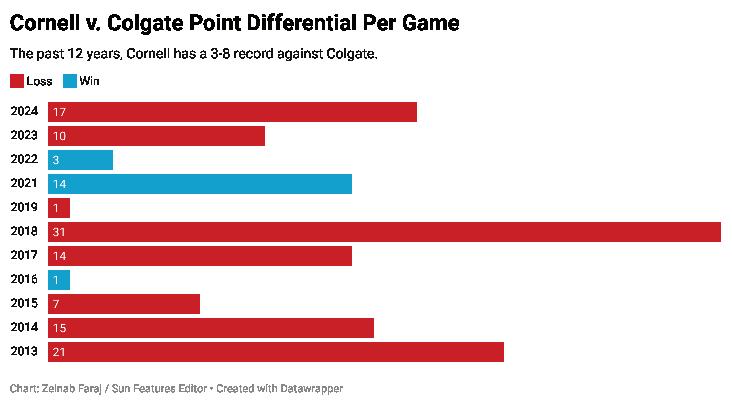
Additionally, this weekend is homecoming, which hasn’t always meant a tally in the win column. Last year, the Red beat Yale by 24 points, breaking a five-year-long streak of homecoming losses.
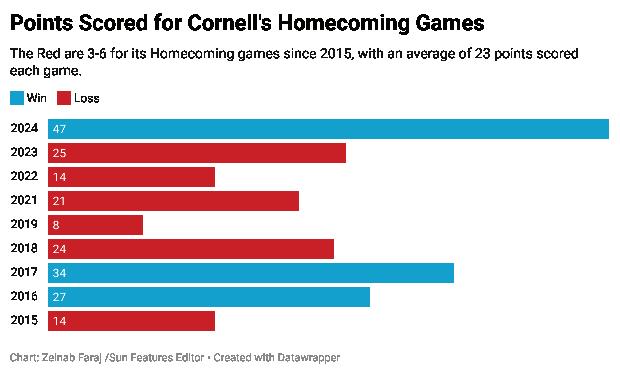
The Corne¬ Daily Sun
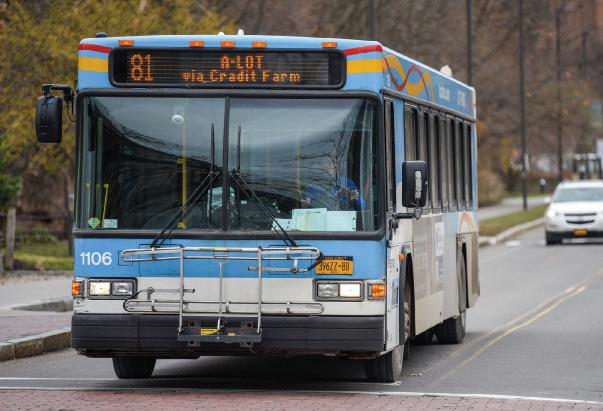
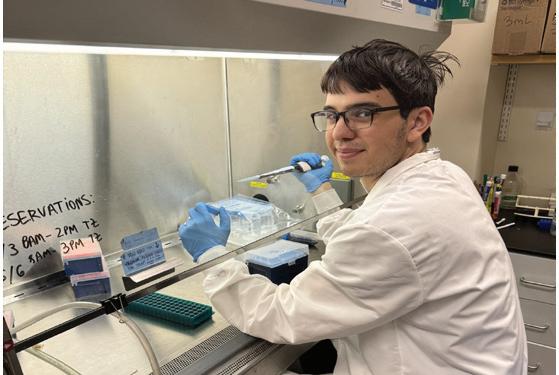
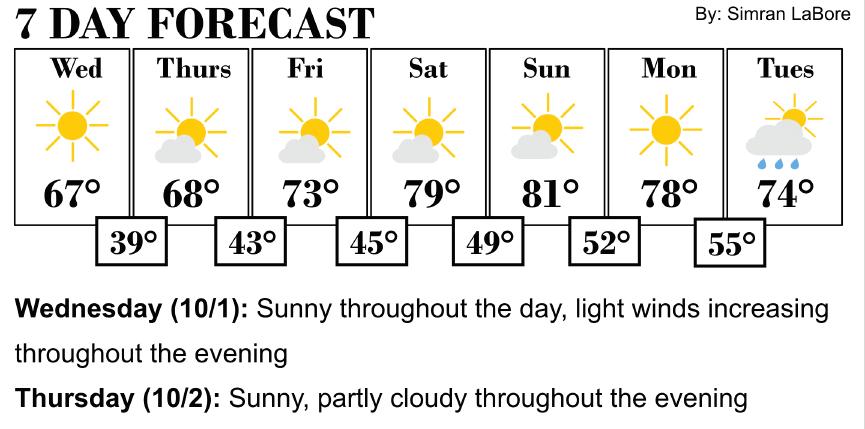
College of Arts and Sciences to Cut Nearly $11 Million
Provost Kavita Bala held a meeting to discuss internal funding cuts, issue spending guidelines
By IRIS LIANG Sun Staff Writer
Sept. 29 — A budget cut of nearly $11 million to the College of Arts and Sciences was announced in a Sept. 17 meeting with the Provost, as confirmed to The Sun by several College of Arts and Sciences department chairs present at the meeting. The meeting discussed austerity measures to reduce the University’s spending for the 2025-2026 academic year.
This internal budget cut follows at least $250 million of cuts in the form of stopwork orders and frozen grants to Cornell by the federal government since this spring. In response, Cornell announced budget reductions across the University in two statements released over the summer.
Department chairs, program directors, University lawyers and Cornell University Graduate School leadership were among those in attendance at the Sept. 17 meeting, according to Prof. Shirley Samuels, English department chair. Samuels reported that during the meeting, chairs and directors across the University, including herself, were emailed “very specific” funding guidelines for their departments to implement by
Warren Petrofsky, arts and sciences associate dean of administration.
Chairs have also met individually with Petrofsky to discuss “where they stand financially, and what potential there might be in the future” to streamline costs, according to Dinnie Sloman, administrative director of the Department of Government.
The Sept.17 meeting was the first time specific guidelines on where to cut funding were formally distributed, Samuels said.
The guidelines are a part of budget reduction measures discussed in a University statement released in August. Cornell University Media Relations declined to comment on the meeting, but referred The Sun to the August statement.
The statement, titled “Next Steps For Our Financial Future,” stressed “urgent action” in order to maintain the University’s financial well-being and announced plans to continue an ongoing University-wide hiring freeze, make spending and staff cuts and institute a series of weekly town halls to discuss the funding changes.
Since then, the Cornell community has been periodically updated on the University’s budget plan through a series of town hall meetings with Provost Bala and
President Michael Kotlikoff, according to the August statement and as confirmed by department chairs.
The August statement cited “increases in employment costs and other expenses, significant legal and regulatory expenses, clinical reimbursement pressures at Weill Cornell Medicine, and an uncertain and unprecedented federal landscape” as the cause for “financial austerity” measures.
“The strongest impact right now is on hiring,” Samuels said. “We [the English department] do not have permission to hire anyone until at least 2027.” All hiring requests made by the English department were rejected by the University this June, Samuels reported, noting that the English department has been encouraged to place more students and fewer instructors in classes.
The College of Arts and Sciences has reduced its hires of tenure-track faculty from 20 to eight new hires for the 2025-26 academic year, according to Samuels and Prof. David Bateman, associate chair of the government department.
Prof. Daniel Barbash, molecular biology and genetics chair, said that graduate student admissions across the University have also been restricted.
“We are being encouraged to admit a somewhat smaller number of graduate students,” Barbash said.
Barbash expects the reduction to continue into at least the 2026-27 academic year, citing “uncertainty about the levels of fellowship support” and federal research funding as primary concerns for his department.
In addition to hiring, departments have also cut back on discretionary spending.
“The colleges ... are trying to encourage, and in some cases mandate, reductions in discretionary spending. So this would be things like travel costs for visitors to the department, food and beverages at department events, travel costs for receptions that we hold when we’re recruiting graduate students,” Barbash said.
The English department has restricted both the number and size of guest lectures, conferences and speaker events this semester, according to Samuels.
To continue reading this article, please visit www.cornellsun.com
Iris Liang can be reached at iliang@cornellsun.com
Fire Breaks Out at Applefest Food Stand
By GABRIEL MUNOZ Sun City Editor
Sept. 27 — A fire broke out at 2:40 p.m. on the corner of State and Geneva St. during the 43rd annual Apple Harvest Festival.
The fire started at a food stand around 2:40 p.m. when it appeared that the oil from the grill ignited, spreading throughout and burning the top of the tent.
When asked by The Sun what started the fire, employees of the food stand declined to comment, including about the booth’s name.
According to Jack Fallgrove, an Applefest attendee who saw the fire break out, the workers on the stand tried to put out the fire with a water hose, which appeared to increase the flames.
“Anyone that is running something that dangerous should
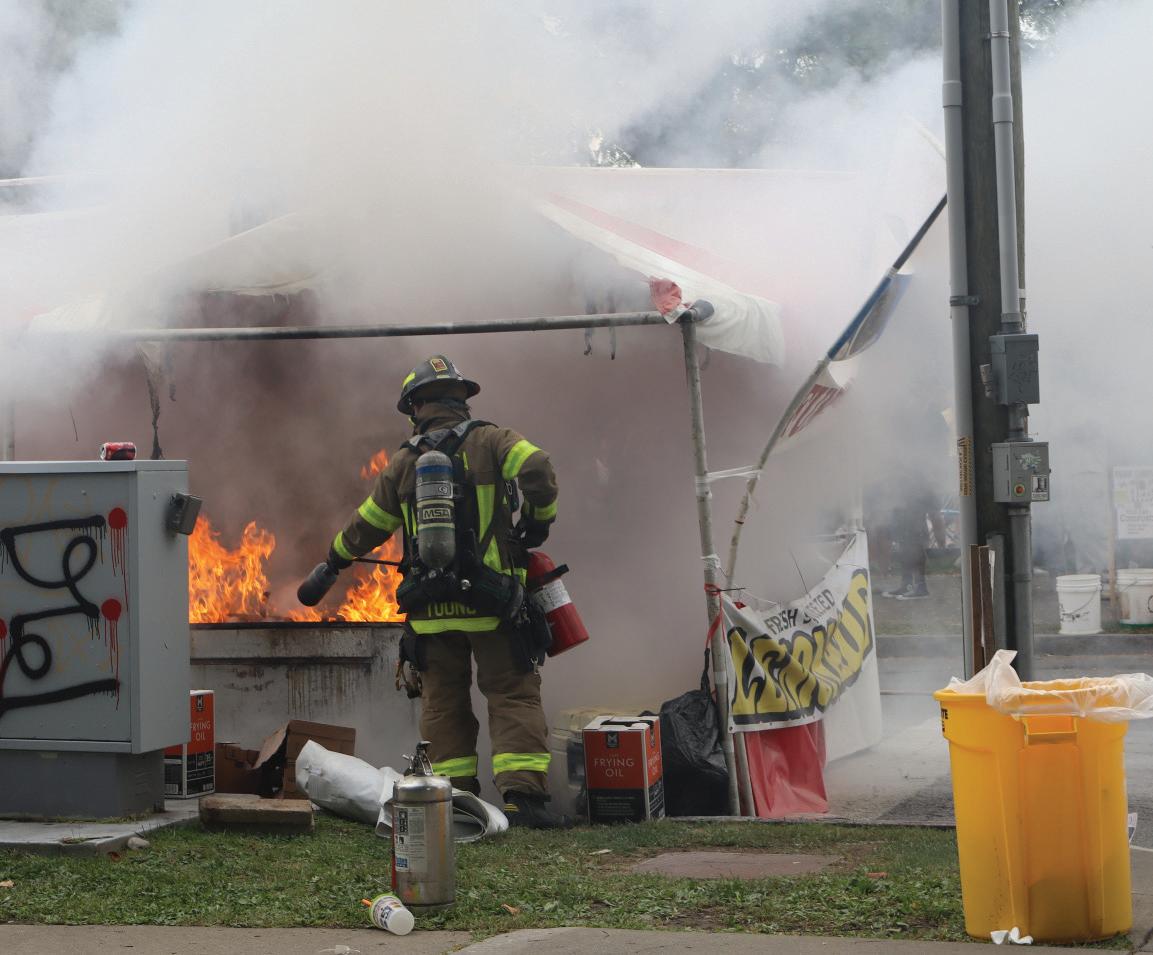
definitely know [the] first steps in the event of a grease fire,” Fallgrove said.
Sun reporters on the scene observed other civilians trying to quell the flames with a fire extinguisher, but it was not sufficient to contain the fire.
The fire department arrived on the scene around 2:55 p.m. and put the fire out promptly. Event organizers and security personnel temporarily cleared the area and
restricted access to the streets.
The stand where the fire broke out was blocked off with caution tape. According to an event staff member, the festival will continue operating as scheduled.
Surrounding firefighters and police officers declined to comment, deferring to a future press release.
Gabriel Munoz can be reached at gmunoz@cornellsun.com.
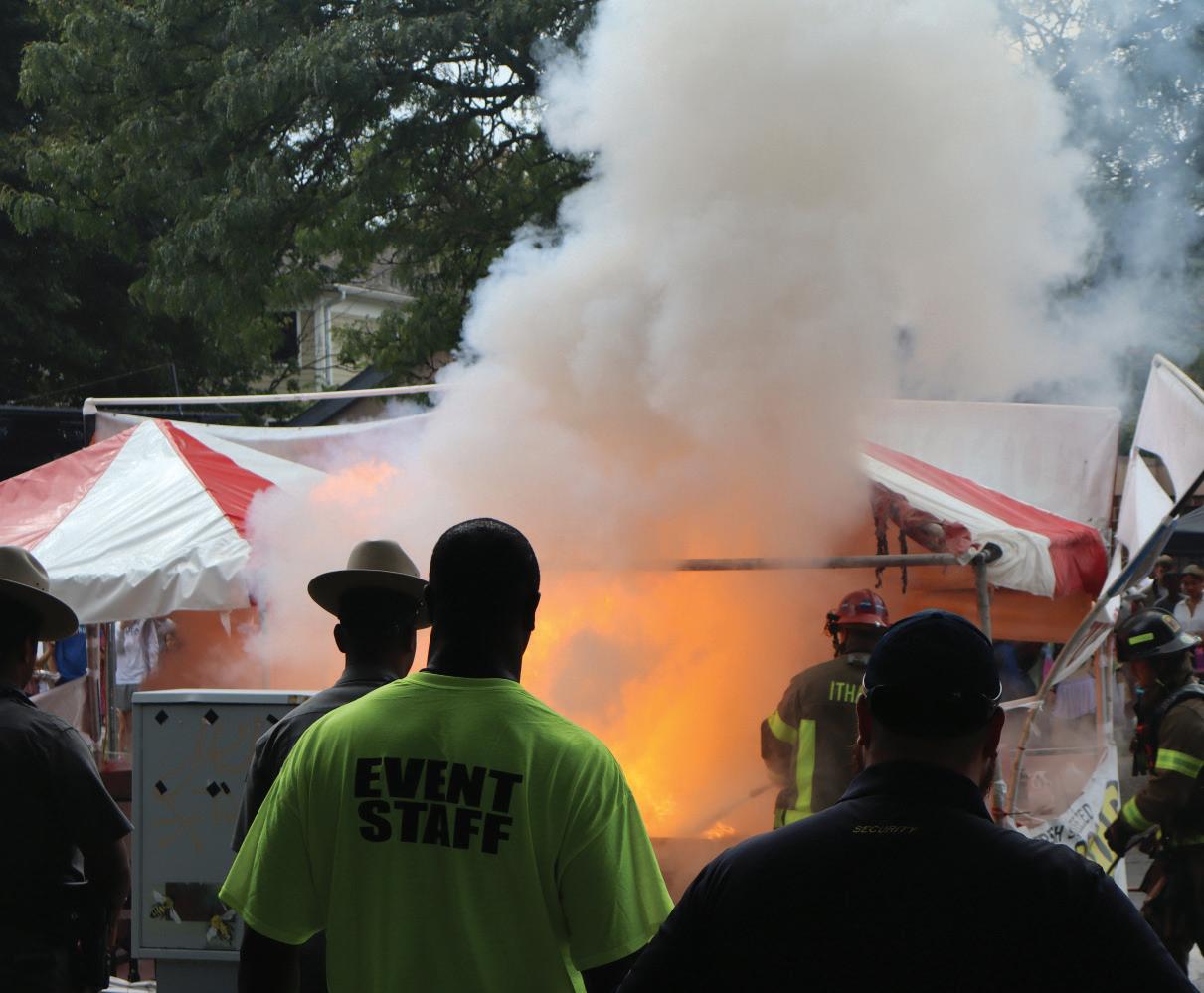
The Goethe House

5:15–7:30PM
German Romantic music performed by Patricia Garcia Gil, Roger Moseley, and Jean Bernard Cerin
Cosponsored by the Cornell Center for Historical Keyboards





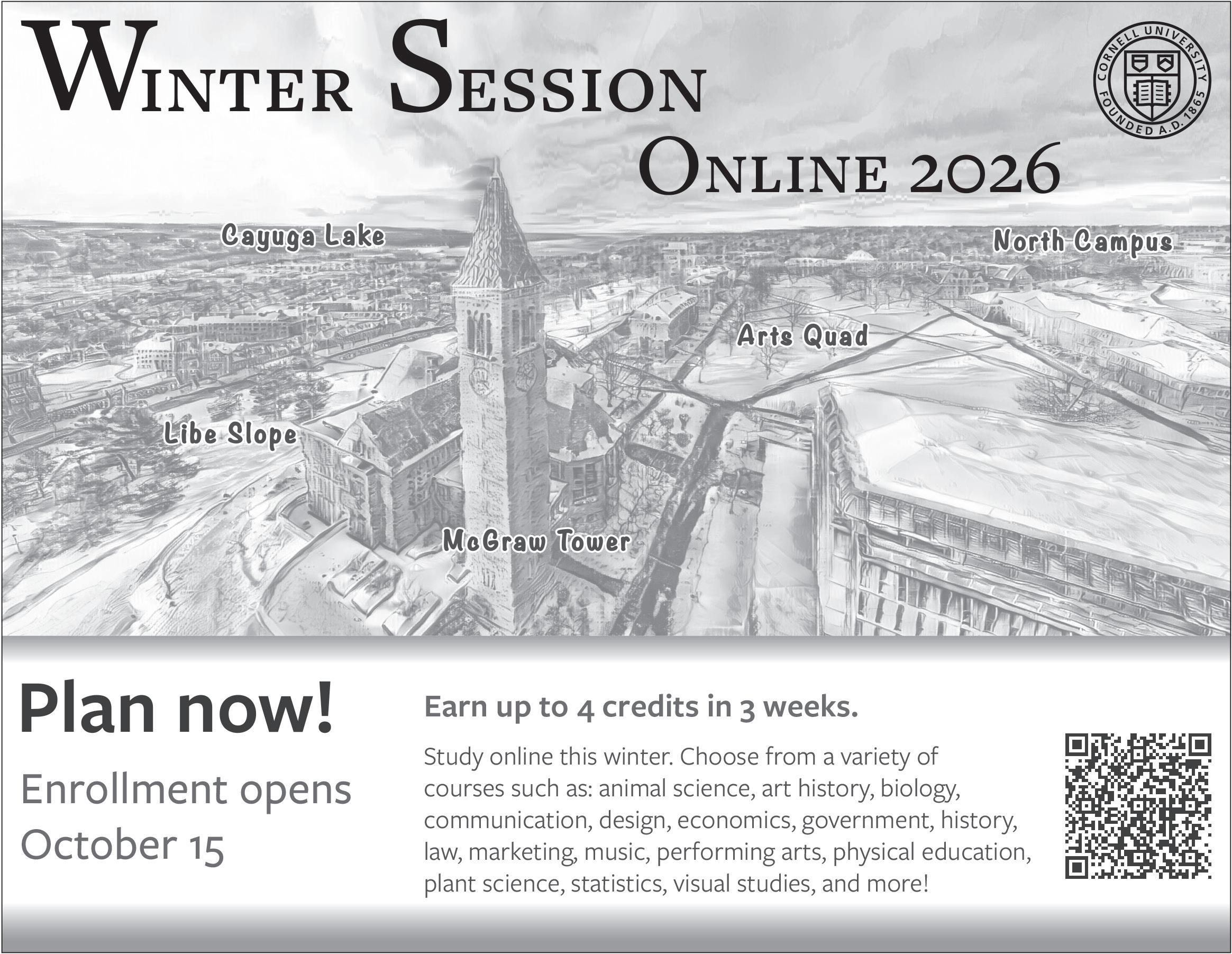
Students Turn Out For Student Assembly Resolution
Criticizing Current Code of Conduct Revision Process
Sept. 26 — Nearly 25 students attended the Student Assembly meeting on Thursday to speak on behalf of Resolution 10 and Resolution 9, which condemn Cornell’s process of reviewing the Student Code of Conduct and seek to end Career Services’ promotion of ICE recruitment respectively.
After being tabled last week, Resolution 10: “Addressing the Administration’s Undemocratic Review of the Student Code of Conduct and Affirming Cornell’s System of Shared Governance” was passed to the third and final reading calendar to be put up to vote next week, and Resolution 9: “Ending Career Services Collaboration With ICE” was unanimously passed. The meeting was held in the Appel Commons, different from the Assembly’s typical Willard Straight Memorial Room meeting location.
Resolution 10 was tabled at the Sept. 18 Student Assembly meeting after members raised concerns over the word choice, with Assembly President Zora deRham ’27 saying it “reads like one big complaint.”
After a week, Aiden Vallecillo ’26, the resolution author and Assembly worker’s representative, presented the resolution.
The meeting follows mounting unrest across
the Cornell community over the Code’s revision and the administrative structure that enacts it. The Code is currently undergoing its first revision since its implementation in 2021, and Resolution 10 criticizes the “exclusion of the elected Assemblies” in the revisions of the Code.
The Code previously fell under the purview of the elected University Assembly. This changed in 2020 when the power to make decisions was vested entirely in the vice president of Student and Campus Life, who delegated it to the Office of Student Conduct and Community Standards.
Now, the Code’s review committee consists of six administrators, three undergraduate students and one graduate student. The committee, chaired by Dean Marla Love, includes deRham and graduate student Nicholas Brennan, president of the Graduate and Professional Student Assembly.
Resolution 10 requests that the Code should be revised by a committee of three “freely elected” members from the University Assembly, the Student Assembly, the Faculty Senate and the GPSA, and that the revision be approved by each of the bodies.
Brendan Klein J.D. ’26, a respondent codes counselor for OSCCS, presented to the Assembly before public comment was held. The Office of Respondents’ Code Counselors provides free assistance for those accused of violating the Student Code of Conduct, the Code
of Academic Integrity or Cornell University Policy 6.4.
From his experience working with students, Klein gave a candid look inside OSCCS’s disciplinary process and criticized the office for its current procedures. He said that students “routinely” receive temporary suspension prior to investigation, are denied appeals and face months-long response times.
According to the Code’s procedures, during the period their cases are decided upon, students may be temporarily suspended only when
“immediate action is necessary to protect the Complainant or the University community.” Temporary suspension can be from campus premises, class attendance and any or all other University privileges or services.
To continue reading this article, please visit www.cornellsun.com.
at dfrancemiller@cornellsun.com and bleynse@cornellsun.com.
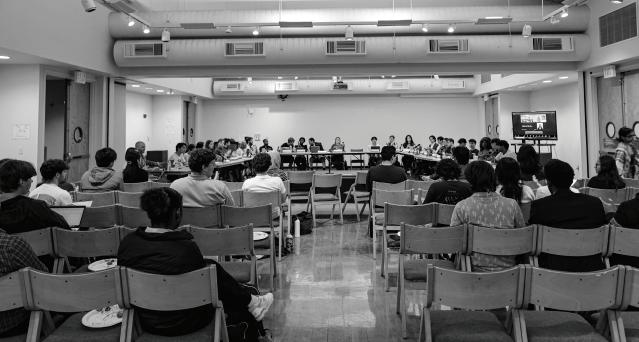
TCAT to Ofer Contactless Payment Options, Such as Apple Pay, on Buses
By SHUBHA
Sept. 26 — For the first time, Tompkins Consolidated Area Transit riders can use contactless payment to pay their fare. Previously, passengers paid using either their Cornell ID, cash, the Tcard or FreeRyde Smart card or TCAT’s mobile ticketing app, Tfare.
This new addition to TCAT’s fareboxes is part of a testing phase for an “open payment system” according to Patty Poist, TCAT communications and marketing manager. This will enable riders to use credit cards and mobile payment options, such as Apple Pay, when taking the bus.
“We will be announcing the official launch date in early October,” Poist said. “It will be a great new feature for those who don’t have cash, a fare card or mobile app readily available.”
At Cornell, freshmen students receive free year-round TCAT passes, while all other students with registered University IDs receive unlimited free rides on buses after 6 p.m. during weekdays or anytime during the weekend. Bought independently, Cornell students can buy a discounted OmniRide pass for $200 annually rather than the typically offered price of $450 per year. A single ride for an adult, however, is $1.50, and could previously be only paid by a TCAT-given
payment option or cash.
Without Apple Pay on the bus system, traveling on campus would be difficult, Strummer Dunn ’29 said, a frequent TCAT rider. Despite misplacing their wallet, Dunn was able to ride the TCAT multiple times on the same day due to the new payment option.
“[Having Apple Pay as an option is] making [TCAT] a lot more accessible, and helping people who might be stranded without a wallet,” Dunn said. “The world is turning to tap-to-pay.”
TCAT general manager, Matthew Rosenbloom-Jones, said the corporation is actively working with Genfare, their farebox vendor, to offer contactless payment to all of their bus services. More details about the project will be released as it is gradually introduced, but to him, this addition is a useful addition for residents using the bus system.
“This will reduce barriers to using transit by offering additional options for riders to pay their fares without cash or using a mobile app,” Rosenbloom-Jones said. “More details will be released as the project progresses.”
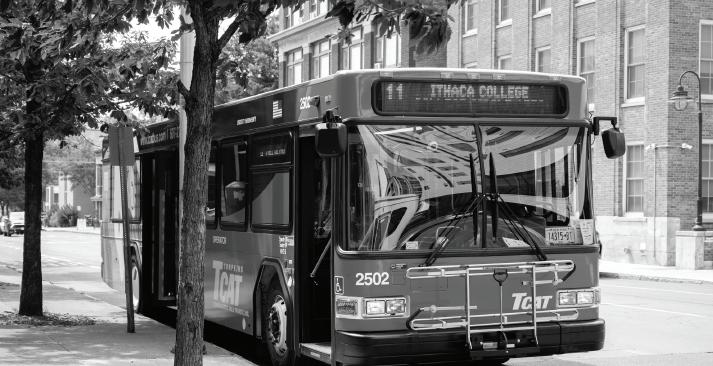
Nobel Memorial Prize Winner Claudia Goldin ’67 Speaks on Women’s Rights
Sept. 27 — Claudia Goldin ’67, awardee of the 2023 Nobel Prize in Economics and Henry Lee Professor of Economics at Harvard University, held her lecture “Why Women Won” in George Staller Auditorium on Thursday afternoon to an audience of approximately 450 students and faculty members. Goldin spoke on the evolution of women’s rights throughout history, describing the increasing gender equality in the economic and political field as a win for women, before hosting a Q&A session.
Describing women’s rights as the legal, political and social rights equal to those of men, Goldin introduced “Why Women Won” as the journey of expansion for the rights of women, beginning in the 20th century.
According to Goldin, greater attention was drawn to the women’s rights movement through the Civil Rights Act in 1964, and many Americans began to agree that women should have a greater role in the workplace.
“In the late 1960s, an overwhelming majority of Americans thought women could be employed, even if their husbands could support them,” said Goldin. “One of the best-known questions was ‘should a married woman work for pay if her husband could support her,’ and while we think World War Two was a turning point, women themselves didn’t think they should be in the labor force if their husband could support them.”
Despite the increased notion that women should be able to take on a bigger role in politics and the workplace, as well as increasing support for feminism, Goldin highlighted the rise in the opposite sentiment: more traditional, pro-family ideals.
“With the 1960 election, women became a pivotal political force, fortuitously and almost accidentally giving them Title Seven, and then the [U.S. Equal Employment Opportunity Commission], that led to the formation of a huge list of women’s rights,” Goldin said. “The Supreme Court delivered a surprise gift to the women’s movement in January of 1973 that was recently taken away, and these gains led to the appearance of a more radical women’s movement and the rise of anti feminist, pro family groups.”
The “gift” Goldin refers to is the Supreme Court’s 1973 ruling of the case Roe v. Wade, which recognized a woman’s constitutional right to an abortion. It was overturned in 2022.
To continue reading, please visit www.cornellsun.com
GUPTA Sun Senior Writer
By DOROTHY FRANCE-MILLER and BENJAMIN LEYNSE Sun Managing Editor and Sun News Editor
Student support | Students came out in number for Thursday’s Student Assembly meeting voicing their support for two resolutions.
BENJAMIN LEYNSE / SUN NEWS EDITOR
Dorothy France-Miller and Benjamin Leynse can be reached
Timely transit | Tompkins Consolidated Area Transit riders will be able to use contactless payment to pay their fares.
NATHAN ELLISON / SUN STAFF PHOTOGRAPHER
By ASHLEY LEE Sun Senior Writer Ashley Lee can be reached at alee@cornellsun.com.
Shubha Gautam can be reached at sgautam@cornellsun.com.
SUNBURSTS: Apple Fest
By SUN PHOTOGRAPHY DEPARTMENT
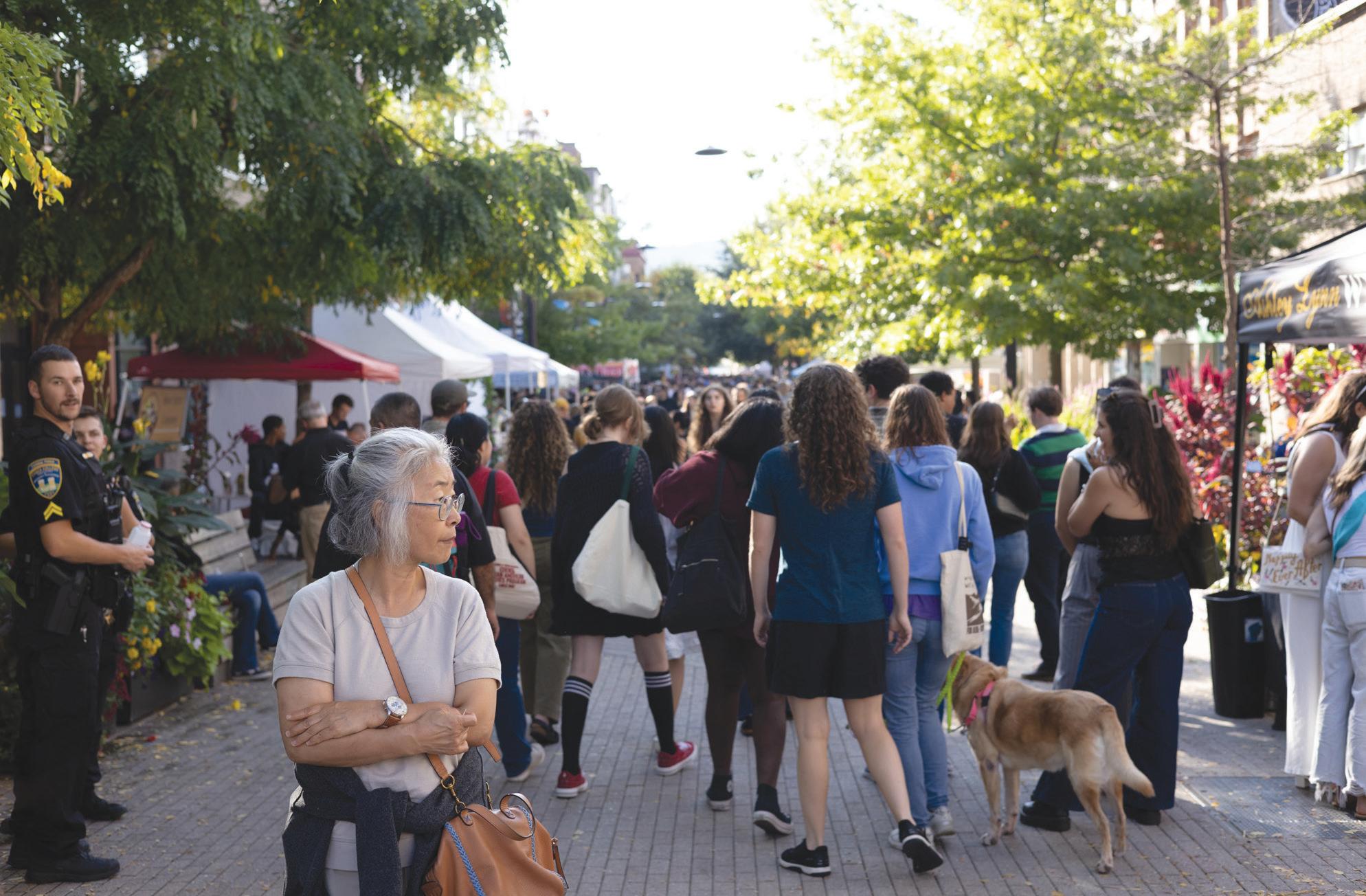


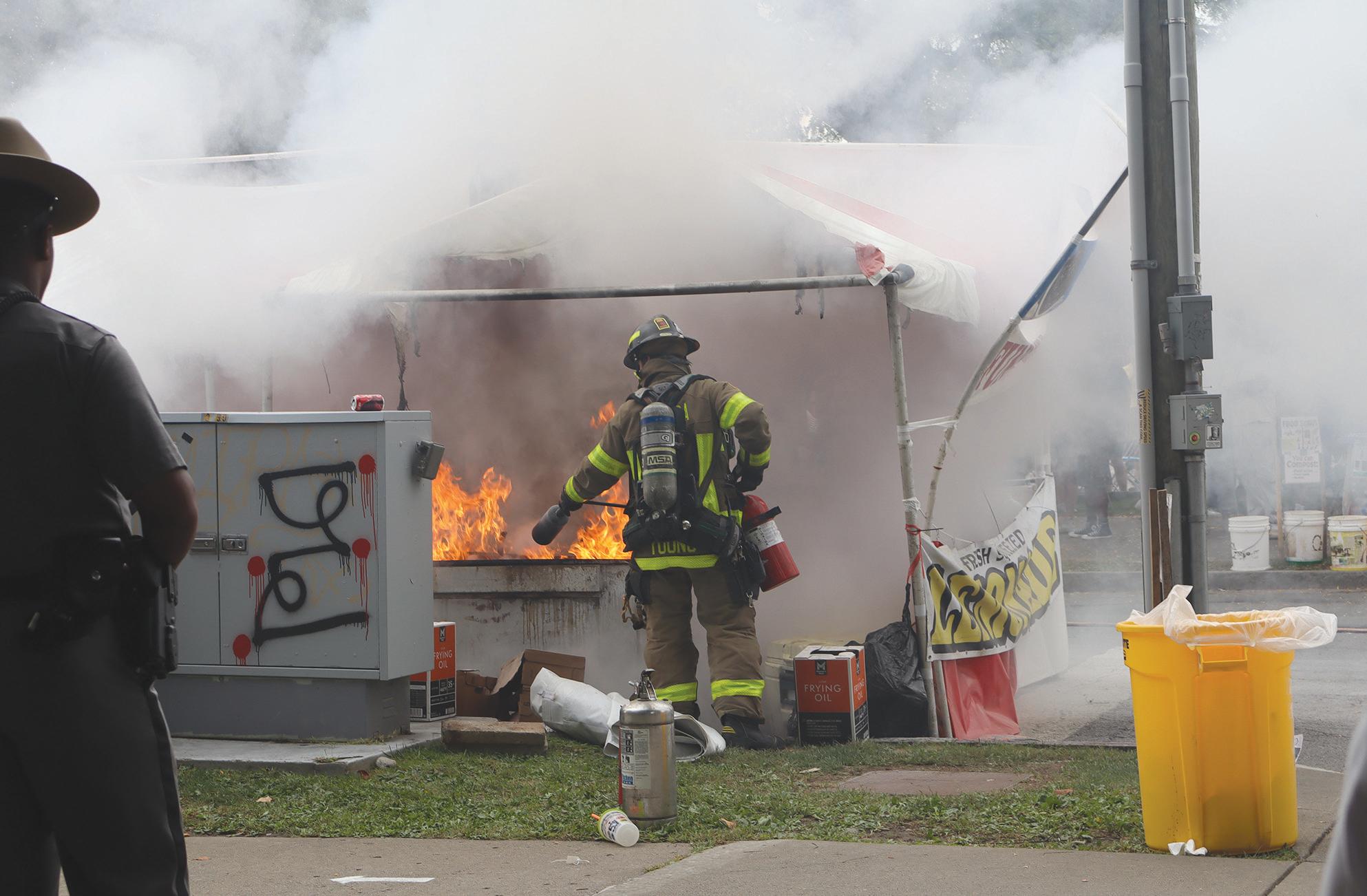
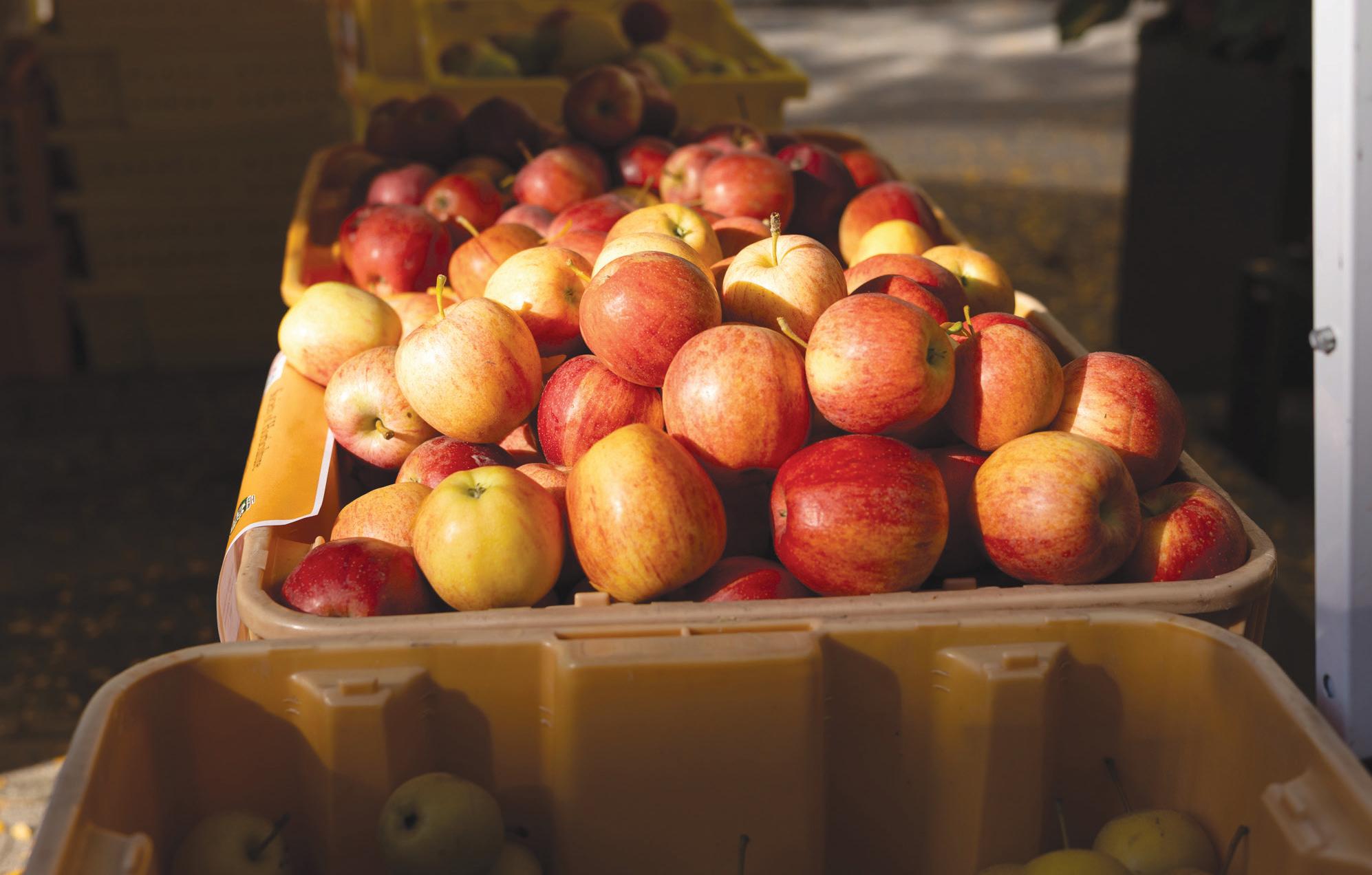

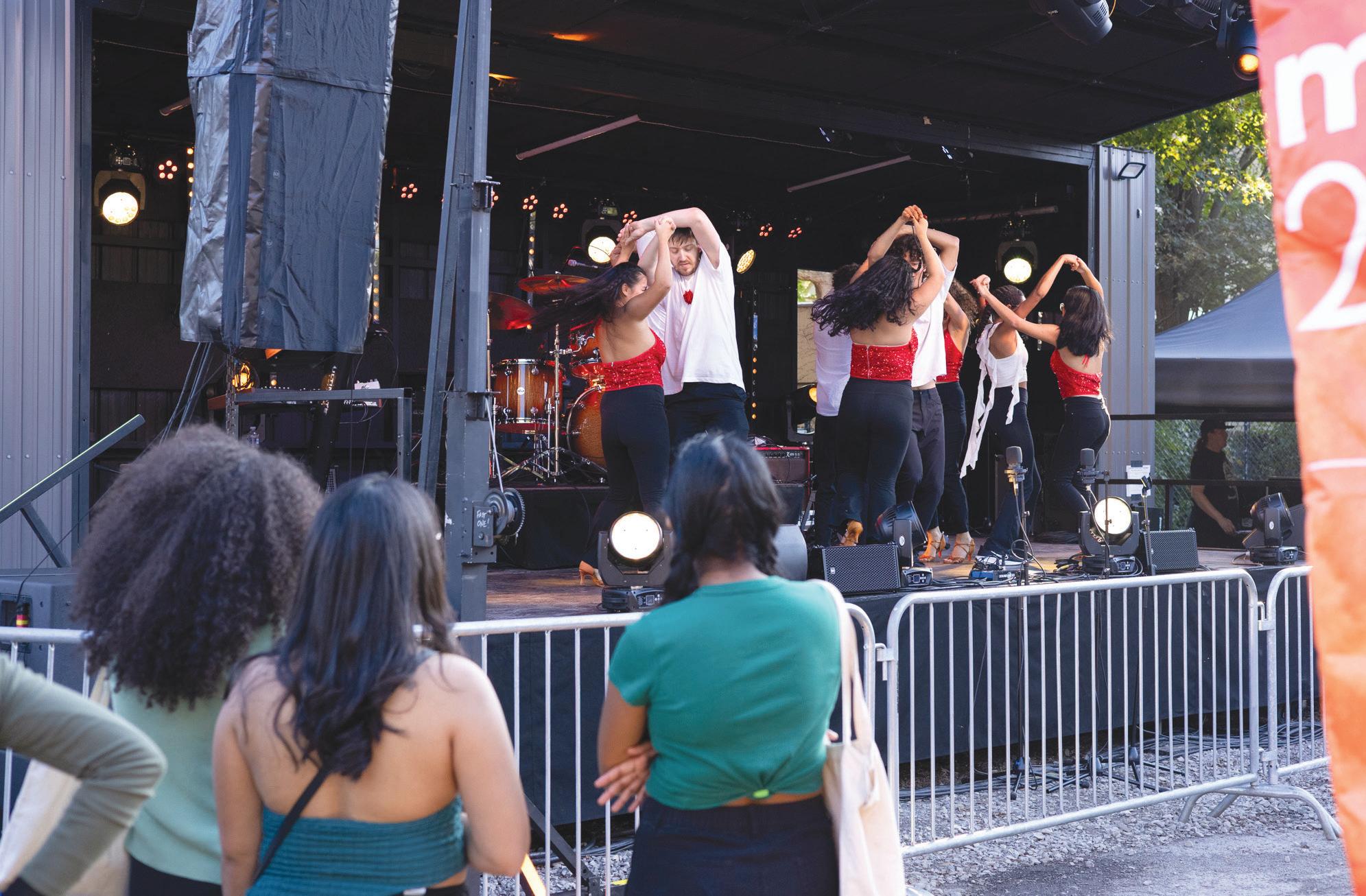

APPLES TO APPLES | Ithaca’s annual Apple Harvest Festival took place in the Ithaca Commons from Sept. 26-28.
JAM SESH | A guitarist from Harry Nichols Band performs on the Bernie Milton Pavilion on Saturday evening.
CIDER TASTING | New York cideries offer tastings and bottles for purchase to festival attendees.
to respond to the scene.
IT’S IN THE NAME | Local orchards offer many different varieties of apples for purchase.
SALSA PA’LANTE | Cornell Salsa Pa’lante performs on Friday afternoon.
SHE’S A WITCH! | Witches Brew’s stand features a cauldron emitting smoke and dry ice bubbles.
GETTING CRAFTY | 3-D printed toys and decorations were one of the many crafts for sale.
Sun photographers captured the annual Apple Harvest Festival downtown over the weekend
Stephan Menasche / Sun Assistant Photography Editor
Rachel Eisenhart / Sun Staf Photographer
Stephan Menasche / Sun Assistant Photography Editor
Matthew Kiviat / Sun Assistant Managing Editor
Stephan Menasche / Sun Assistant Photography Editor
Stephan Menasche / Sun Staf Photographer
Karlie McGann / Sun Photography Editor
Rachel Eisenhart / Sun Staf Photographer
Ravyn Lenae to Headline, Tkay Maidza to Open Homecoming Concert
By VARSHA BHARGAVA Sun News Editor
Sept. 30
With nearly 585 million streams on her viral hit “Love Me Not,” American R&B singer-songwriter Ravyn Lenae will grace campus with smooth, danceable tunes as the headliner for the Cornell Concert Commission’s Homecoming Concert on Sunday.
The Sunday concert will unfold in Bartels Hall’s Ramin Room, where doors will open at 2 p.m., and the concert will begin at 3 p.m. Tickets for the concert start at $27 for Cornell students, faculty and staff, and $42 for the general public.
The concert is a part of Cornell’s larger Homecoming weekend, which kicks off with a laser show on Friday and wraps up after the Sunday concert.
Artist Tkay Maidza will open the concert with her signature hip-hop, pop and electronic style, according to Julia Minogue ’27, selections director for the CCC. Maidza was originally scheduled to open for CCC’s Flo Milli concert on campus in 2022, but couldn’t attend, Minogue added.
Following the opener, Lenae will headline, performing neo-soul and R&B jams for concert-goers.
1,500 attendees are expected to attend the concert, though the CCC “would love as many people as possible,” wrote CCC Executive Director Areli Esparza ’26 in a statement to The Sun.
About the headliner Headliner Lenae made waves on social media and in the music scene earlier this year.
Peaking at No. 5 on Billboard’s Hot 100 list this August, Lenae’s most-streamed song, “Love Me Not,” has gathered over 584 million streams and has been used in approximately 500,000 TikToks since its 2024 release.
The singer boasts collaborations with big-name artists, including Steve Lacey on “Skin Tight,” Kali Uchis on “Cry
about it!,” Doechii on “Xtasy (remix)” and Childish Gambino on “One Wish.”
This year, Lenae claimed the title of Billboard’s R&B Rookie of the Year with around a decade of R&B experimentation under her belt. Blanketed in purple lights, Lenae also performed at this year’s Black Entertainment Television Awards.
“[Lenae] brings a unique sound and blends multiple genres (R&B, pop, and afrobeats) that each draw different audiences, making her a name that resonates with a wide part of the Cornell community,” Minogue wrote.
About the opener
Throughout her career, opener and Zimbabwe-born Australian artist Maidza has won numerous music awards, including the Australian Recording Industry Association award for Best Soul/R&B Release in 2024 with her album, Sweet Justice. Her most-streamed song, “24k,” has amassed over 28 million streams since its 2020 release, and she featured on Martin Solveig’s electronic song, “Do It Right,” which has over 165 million streams.
“[Maidza gives] us even more genre representation and [she’s] someone who can really hype up the crowd before Ravyn Lenae’s performance,” Minogue wrote. “We’re thrilled to finally have her on campus.”
‘A fun and memorable stress-free time’
Historically, the CCC has hosted its Homecoming concert on the Saturday of Homecoming weekend, but this year it decided to switch it up. Esparza wrote that the CCC hopes the new Sunday timeslot will give attendees “the flexibility to enjoy the concert while having the rest of the afternoon to relax and study.”
To continue reading this article, please visit www.cornellsun.com.
Varsha Bhargava can be reached at vbhargava@cornellsun.com.
301 College Avenue Available for Student Housing in 2026-2027 Academic Year
By TAEHEE OH Sun Senior Writer
Sept. 26 — 301 College Avenue, home to the Jason’s Grocery and Deli convenience store, will be available as a housing option for students in the upcoming housing selection process for the 2026-2027 academic year.
The property was previously purchased for $15 million in June 2017 by developers John Novarr and Phil Proujansky and in February 2024, the Tompkins Community Bank foreclosed on the property due to unpaid mortgage obligations.
The University purchased the property for $15 million in March, according to a deed filing with Tompkins County.
In an interview with The Sun, Vice President for Student and Campus Life Ryan Lombardi confirmed the University’s plan to integrate 301
College Avenue into its housing portfolio starting next academic year.
The 2026-2027 housing availability report provided by the Student & Campus Life included 301 College Avenue Apartments among the available housing options, showing availability by room type and gender.
According to the report, the building will offer 12 apartment units, with configurations including a single-person studio, 2-person studio apartments, 3-bedroom apartments, 4-bedroom apartments, 5-bedroom apartments and 6-bedroom apartments.
The addition of 301 College Avenue as student housing comes amid the enrollment of the Class of 2029, the largest class in the University’s history, and high demand for student housing.
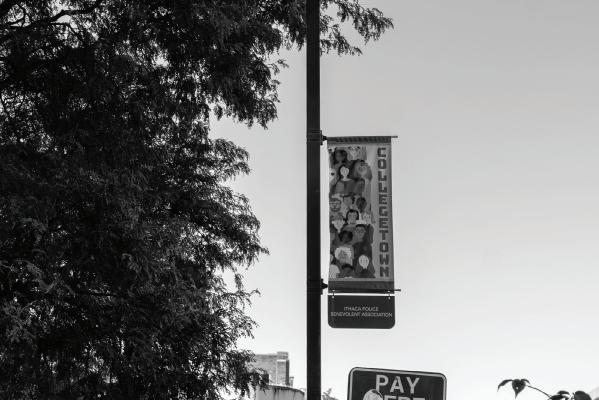
New ILR Café Construction Underway, to Open in Spring 2027
By MICHAEL FERREIRA Sun Staff Writer
Sept. 29 — The day before President Michael Kotlikoff rescinded Slope Day headliner Kehlani’s invite to perform, top administrators promoted an event to several pro-Israel and historically Jewish Greek Life organizations to meet with concerned students. At the meeting, administrators discussed potential options for the concert, protocols for political activity at Slope Day and student reactions to the controversial headliner.
R&B singer Kehlani was set to perform at Slope Day, the annual campus-sponsored concert on Libe Slope following the last day of classes. On Wednesday morning, Kotlikoff announced that he rescinded the artist’s invite in an email to the campus community. When Kehlani was first named as headliner, dissatisfaction surfaced as students and parents discovered the artist’s social media presence, with one Cornellians for Israel post citing her “anti-Israel rhetoric.”
At the meeting — described in the advertising of the event as a “conversation with students” — Provost Kavita Bala revealed that “[Kotlikoff] will make the decision over the next 24 hours.” This contrasted Kotlikoff’s statement that it
was “too late to secure another performer that will be acceptable or appropriate for Slope Day” at a Thursday Student Assembly meeting in response to concerns raised by students and parents regarding her anti-Israel rhetoric and social media presence.
At Thursday’s Student Assembly meeting, Kotlikoff explained that a contract was made with Kehlani that made it clear that if there were any “political events at the performance,” all compensation would be forfeited.
Throughout the meeting, students asked about the University’s intended plans regarding the concert. Kotlikoff noted that the “practical issue” with selecting another artist is the lack of time until Slope Day, which is set to take place on May 7.
“We would need to get the best, most popular artist and most representative artist that we can get and secure them. Basically, everybody is booked, you know, already,” Kotlikoff said. “So I would love to go through a very inclusive process, etc. The reality is … if we do this, we would get the best performer we could get.”
Kotlikoff explained that while the administration was considering removing Kehlani from the lineup, they were not primarily considering cancelling Slope Day.
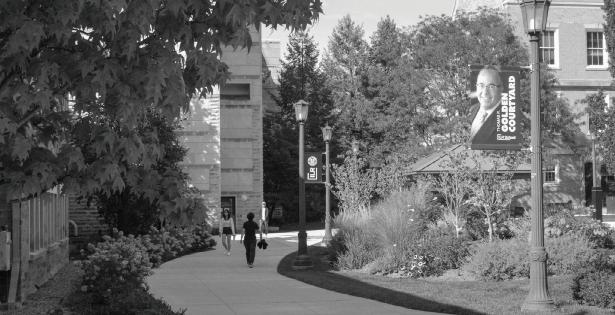
“If we were to cancel Kehlani, that doesn’t mean we would cancel Slope Day,” Kotlikoff said. “What we would do if we did that is, as I said, try and get the best artist we could get to replace Kehlani. I think that’s the A solution, rather [than] the B solution, [which] is an alternative concert.”
When asked about steps that would be taken to prevent political activity at Slope Day, Dean of Students Marla Love first pointed to the already existing safety rules for prohibited items at Slope Day — none of which explicitly relate to political activities.
Love clarified that the need for additional safety measures is evaluated up until the day of large events like Slope Day and takes into account expressed concerns “to make sure that we’re moving forward with an event that’s safe for everyone that’s participating.”
To continue reading this article, please visit www.cornellsun.com.
Michael Ferreira can be reached at mferreira@cornellsun.com.
Cafe construction | Cornell’s ILR School begins construction of a new ILR Café in King Shaw
KARLIE MCGANN / SUN PHOTOGRAPHY EDITOR
Avenue apartments | 301 College Avenue will be available for students for the Fall 2025 housing selection process.
Taehee Oh can be reached at toh@cornellsun. com.
KARLIE MCGANN / SUN PHOTOGRAPHY EDITOR
The Corne¬ Daily Sun
Independent Since 1880
143rd Editorial Board
JULIA SENZON ’26
Editor in Chief
ERIC HAN ’26
Associate Editor
SOPHIA DASSER ’28
Opinion Editor
ILANA LIVSHITS ’27
Assistant Opinion Editor
SOPHIA TORRES ’26
Advertising Manager
SYDNEY LEVINTON ’27
Arts & Culture Editor
JAMES PALM ’27
Assistant Arts & Culture Editor
JENNA LEDLEY ’27
Assistant Arts & Culture Editor
MELISSA MOON ’28
Assistant Arts & Culture Editor
SOPHIA ROMANOV IMBER ’28
Assistant Arts & Culture Editor
KAITLYN BELL ’28
Lifestyle Editor
MAIA MEHRING ’27
Lifestyle Editor
KARLIE MCGANN ’27
Photography Editor
MATTHEW KORNICZKY ’28
Assistant Photography Editor
STEPHAN MENASCHE ’28
Assistant Photography Editor
MIRELLA BERKOWITZ ’27
Video Editor
JADE DUBUCHE ’27
Multimedia Editor
HANNIA AREVALO ’27
Graphics Editor
HUNTER PETMECKY ’28
Layout Editor
RENA GEULA ’28
Layout Editor
ALLISON HECHT ’26
Newsletter Editor
Saad Razzak
The Editorial Board
Te Cornell Daily Sun’s Editorial Board is a collaborative team composed of Editor-in-Chief Julia Senzon ’26, Associate Editor Eric Han ’26 and Opinion Editor Sophia Dasser ’28. Te Editorial Board’s opinions are informed by expertise, research and debate to represent Te Sun’s long-standing values. Te Sun’s editorials are independent of its news coverage, other columnists and advertisers.
DOROTHY FRANCE-MILLER ’27
Managing Editor
MATTHEW KIVIAT ’27
Assistant Managing Editor
VERA SUN ’27
Business Manager
EMILY LEE ’27
Marketing Manager
ALEX LIEW ’27
Human Resources Manager
BENJAMIN LEYNSE ’27
News Editor
VARSHA BHARGAVA ’27
News Editor
ISABELLA HANSON ’27
News Editor
CEREESE QUSBA ’27
News Editor
REEM NASRALLAH ’28
Assistant News Editor
ANGELINA TANG ’28
Assistant News Editor
KATE TURK ’27
Assistant News Editor
GABRIEL MUÑOZ ’26
City Editor
JANE HAVILAND ’28
Features Editor
ZEINAB FARAJ ’28
Features Editor
JEREMIAH JUNG ’28
Assistant News Editor
KAITLIN CHUNG ’26
Science Editor
MARISSA GAUT ’27
Science Editor
ALEXIS ROGERS ’28
Sports Editor
SIMRAN LABORE ’27
Weather Editor
Saad Razzak is a senior in the College of Arts and Sciences. He represented the College of Arts and Sciences on the Student Assembly during the 2024-2025 Academic Year. He can be reached at sar334@cornell.edu.
Te Student Assembly is Worth Fighting For
Last week’s meeting of the Student Assembly, the body which is supposed to represent Cornell’s 16,000 undergraduate students, was different than a regular session. The audience was larger than normal because of two resolutions that were being debated that day. Resolution 9: Ending Career Services Collaboration with ICE was on the Third Reading Calendar and going to have its final vote. Meanwhile, Resolution 10: Condemning the Administration’s Undemocratic Review of the Student Code of Conduct and Affirming Cornell’s System of Shared Governance was on the Second Reading Calendar after it had been tabled last week. When the floor was opened to public comment, student after student spoke in favor of the two resolutions, calling on the Assembly to pass them without watering them down or amending them to make them more palatable to the University’s administration.
Once all the students in the audience who had something to say had spoken, the debate on Resolution 10 began. There was crosstalk, multiple points of order and inquiry, and obvious confusion about procedure among members of the Assembly. Attempts to amend the Resolution drew cries of “shame” and boos from the audience. If the first part of the meeting represented the ideal of Student Government — allowing all students to participate in active debate over Resolutions — then this represented the almost caricature-like opinion of the Assembly that most students seem to hold, if any at all.
Yet, having served on the Student Assembly myself last year, I know that many members are serious about their responsibility and duty to the wider student body. However, they are hamstrung by the Uni-
versity administration and those members of the Assembly who are only interested in pleasing Admin and not their constituents. As resolution after resolution gets rejected, either completely or in part, by President Kotlikoff, it is understandable why our members of the Assembly decide to lower their goals to something more “achievable” or “realistic.” But as compromising with administration right off the bat becomes the norm and then the default and then the starting point, getting a few crumbs off the table starts to seem like victories. Soon enough, the body meant to represent the student body goes from advocating the interests of students to the administration to justifying the actions of the administration to students. No wonder, so many students have such dismissive views about the Assembly.
But it and the shared governance system are worth fighting for. It is nowhere near a perfect institution, but it is the only part of Cornell’s governing structure that students have an influence on right now. The student body may be disengaged, but that means that it is the job of their representatives to re-engage them. As Thursday’s meeting showed, as well as those meetings where the Assembly debated Resolution 37 last year, those students who want to be engaged are looking for an Assembly that they can work with and that represents their views. The Assembly needs to be bolder and more ambitious, even if that means resolutions get rejected in their entirety rather than one or two clauses being “taken under advisement by the Administration.”
To continue reading, please visit www.cornellsun.com.
Your Rights Are in Check. Your Silence Makes You a Pawn.
Editorial Note: This editorial is the first in a multi-part series examining the Student Code of Conduct and the state of shared governance at the University. By tracing the University’s bureaucratic history, we ask what kind of university Cornell is becoming if its community remains excluded from the rules that govern it.
It’s 1969 again, only this time most of us are too distracted to see it. Back then, students risked everything to occupy Willard Straight Hall, ignited by racial tensions on campus and Vietnam War protests. One victory was a new judicial system focusing on shared governance, a promise that rights at Cornell would never rest in the hands of administrators alone.
Students today may not remember the Willard Straight Hall Takeover, but rest assured, Kotlikoff and his administration do. The power students took from the University served as a lesson to Cornell’s administration: a truly discontent student body is one with too much bargaining power. Those very protections students fought for are being threatened behind closed doors. The administration is overhauling the Student Code of Conduct, counting on our distraction to keep us from fighting back.
Interim suspensions have always existed, but they were once understood as rare — only to be imposed in “extraordinary circumstances” when “public order and safety” was at stake, according to the 2018 Code. Only the University president or their designee had that power, and students could appeal to the University Hearing and Review Panel. Now, they’re a typical punishment for student protesters and student organizations.
After the administration stripped the Assemblies of authority and rewrote the Code, interim suspensions became open-ended. Now they can be imposed at an administrator’s discretion, with a first-round appeal presented only to Vice President of Student and Campus Life Ryan Lombardi and a second-round appeal presented to Provost Kavita Bala. During a Monday interview with The Sun, he called the appeal procedure an example of how the suspensions are “absolute due process.” Yet in practice, no appeal has ever been approved under his authority. What kind of democracy rests on a process that offers students the right to appeal but never the possibility of success?
We’ve seen the consequences of the temporary suspension policy already, and it’s devastating. Students lose their housing and dining overnight, their ID cards void, their positions in organizations robbed. International students risk losing visas — livelihoods. They are left in limbo for weeks, months, semesters before ever receiving word on a hearing. Is this the “absolute due process” Vice President Lombardi is referring to?
In 1975, the Supreme Court ruled in Goss v. Lopez that even a ten-day suspension in a public high school is unconstitutional without fundamentally fair procedures. Cornell’s — a university that takes pride in its public, contract colleges – indefinite suspensions is a glaring violation. If ten days is unconstitutional in high school, how can indefinite exile at a university be tolerated?
While suspensions are abused in practice, the Code itself is now being rewritten in ways that gut the protections students once had. Suspensions may leave students in limbo, but the revision process could ensure that limbo becomes the rule, not the exception. A new revision committee is meeting this semester. This committee has met once thus far and will only meet a few more times before producing a draft that governs every one of us. It is chaired by Dean of Students Marla Love, with administrators filling over half of the committee — many of whom answer to the same chain of command. The seats exist to provide “advisory input” on revisions that are already written. With no clearly defined
policy on what this input looks like, we are left to wonder whether this committee is truly democratic.
With no public viewing of the committee, there is no way for the rest of us to see what happens behind those closed doors. This is not genuine student voice, but the appearance of it, a stamp of legitimacy on an inherently illegitimate process. Ask yourself: Did you elect Zora de Rham ’27, Quinn Rinkus ’26, or Jennica Yoo ’27 to speak on your behalf about a Code of Conduct that has the power to take away where you live, eat and belong? Neither did we. The issue is not with them, but with a system that substitutes a few appointed students for the democratic representation we deserve.
Prof. Richard Bensel, government, drawing on over a decade of work across the Faculty Senate and the University Assembly, warned that this structure is like “letting the fox design the chicken coop.” Though Vice President Lombardi retorted that the Faculty Senate is represented on the committee when asked during The Sun’s Monday interview, he seems to be mistaken: The 2025-2026 Code and Procedures Review Committee does not include any member of the Faculty Senate. This is deliberate. Tenured faculty are essential — they are the very people whose independence can insulate them from retaliation, unlike the six administrators on the committee. According to Bensel, faculty members already whisper that criticizing the administration could cost them their programs. If that is the environment in which rules are being drafted, how can students trust them?
We do not have to imagine where this trajectory leads — the changes already made show us plainly. The Office of Institutional Equity and Title IX was not simply renamed the Office of Civil Rights. The shift was intentional. Formerly adjudicated under the Office of Student Conduct and Community Standards, reports of harassment and hate speech are now sent to the Office of Civil Rights, no longer judged by the University Hearing and Review Panel, a panel of peers, faculty and staff, under a “clear and convincing” standard of evidence, but by a single administrator under the far lower bar of “preponderance of the evidence.” Former President Martha Pollack defended the higher standard, but that safeguard is gone. Now, “preponderance of evidence” — a term simply meaning “more likely than not” — gives a lone administrator enough to upend a student’s life.
And when students and faculty have tried to intervene, their voices have been dismissed. The University Assembly once had legislative authority over the Code; its charter explicitly charged it with oversight of judicial appointments and review boards. Today, that role has been erased.
When asked why the University Assembly was not directly involved in the revision process, Dean Marla Love told The Sun that there was not an “absence of engagement with the assemblies” and that there would be a process of “collaborative consultation” with the groups during the public review process. And what does this “consultation” mean in practice? The administration once again seeks to cloak a unilateral overhaul in the appearance of legitimacy by offering a so-called “public comment process.” Yet public comments carry no action items, require no votes and impose no obligation to amend the draft. They are not amendments — indeed, amendments cannot even be introduced by assemblies during the public review period. The precedent of the May 2020 Code “public forum” should dispel any illusion about what a public comment process provides. Consultation without amendment is choreography, not democracy.
To continue reading, please visit www.cornellsun.com.
On Fighting Antisemitism
AAUP Cornell Guest Room
Te Cornell Chapter of the American Association of University Professors represents faculty, academic staff and research employees with the goal of advancing academic freedom and shared governance.
Eli Friedman, one co-author of this letter, is a professor of Industrial Labor Relations. He can be reached at edf48@cornell.edu.
Dear President Kotlikoff and Provost Bala,
Weare writing in response to the office of the president's recent statement, “Fighting Antisemitism and Protecting Civil Rights.” We applaud university efforts to protect civil rights and agree that antisemitism is a real threat in the United States. We are, however, concerned with several aspects of the statement, particularly as they relate to questions of academic freedom and political expression at Cornell. Specifically, the statement implies that criticism of Israel or Zionism is tantamount to antisemitism — a position that has profound and worrying implications for speech, teaching and research. As the national AAUP stated in its recent report, “On Title VI, Discrimination, and Academic Freedom,” "Tis conflation of political critique with antisemitism lays the foundation for enforcement of Title VI against speech that is protected by the First Amendment and academic freedom."
One notable example is when the statement claims credit for the cancellation of Kehlani’s concert, arguing that she had “expressed antisemitic views.” In fact, she had expressed opposition to Israel and Zionism, not Jewish people or Judaism. Criticism of Israel is a mainstream view in the US, including among Jews. In March 2024, 44 percent of all American Jews held an unfavorable view of the Israeli government. More recently, a survey found that 53 percent of American Jews disapprove of Israel’s actions in Gaza, and 72 percent believe Trump is using antisemitism as a pretext to attack American universities. Relatedly, the statement claims the decision to cancel the Kehlani performance was made after having “consulted with Jewish students.” Jewish students on this campus are very divided on Israel, and we know from survey data that young people nationwide are quite critical of the war in Gaza. Jews are not a monolith. It is unfair to imply that Jewish students in general wanted this concert cancelled based on the (anti-Zionist but not antisemitic) content of Kehlani’s statements. Many Jewish students supported Kehlani’s invitation, and some did so in part because of her criticism of Israel.
Te statement also operates under the assumption that the Spring 2024 encampment was, by its nature, antisemitic,
Letter to President Kotlikof
noting that “Individuals associated with initiating and continuing the encampment were suspended.” Trying to claim these suspensions as evidence of fighting antisemitism is particularly problematic given that the statement acknowledges, in the very next sentence, that the encampment posed no risk to Jewish or other students: “No violence or harassment was associated with the encampment.” If nobody was harassed and there is no evidence of antisemitic activity within the encampment — which there is not — then the only conclusion we can come to is that students were punished for their political views (support for Gazans, criticism of Israel) and that these political views are being equated to antisemitism.
Relatedly, we are concerned that the statement notes, without context, that the university has issued 81 disciplinary actions against “students who chose to violate university policies by infringing the rights of others.” We will not relitigate the procedural and substantive flaws in these disciplinary actions, but would just note that including them in this statement suggests that these 81 students were punished for antisemitic conduct. Tey were not, and it is irresponsible of the university to imply otherwise. Tis intellectually dishonest slippage is present in the bullet points celebrating the punishment of students who protested at the career fair, committed vandalism on the Arts Quad and those from the Pathways to Peace event. To discuss these sanctions in the context of "fighting antisemitism" maliciously implies the substance of their speech was antisemitic. Given that we now know the administration had hoped for more arrests at the “Pathways to Peace” event, it appears as though the university is pursuing punishment for the sake of an external audience. Tis sets a dangerous precedent.
Highlighting data on the large number of students punished as part of fighting antisemitism is particularly jarring given the University’s own data which shows “Jewish students reported the strongest sense of belonging [78 percent] of all racial or religious groups at Cornell” and that their “strong sense of belonging” has marginally increased to 80 percent since Oct. 7, 2023. Tat improved sense of belonging is to be celebrated, particularly at a time in which white Christian nationalism has been ascendant in the U.S. But the statement implies that a deeper sense of belonging should or could be achieved through aggressive sanctioning of political speech, including the political speech of Jewish students who are critical of Israel. We fundamentally reject such a diminished view of belonging and how it should be achieved.
Te recognition that Jewish students have the strongest sense of belonging also calls into question why other racial and religious groups are not similarly the focus of intensive
university efforts at outreach and support. Recent reports from Harvard, for instance, have shown that Muslim students' sense of safety and belonging has collapsed. Cornell has recently been declared a "hostile" campus by the Council on AmericanIslamic Relations. We applaud outreach to Jewish students and would applaud similar outreach to students who feel even less welcome here. Belonging, however, will not be achieved through repression, malicious insinuation, a flattening of our diversity (including diversity within groups) or suppression of our political disagreements.
Cornell's refusal to adopt the IHRA definition of antisemitism (which conflates anti-Zionism and antisemitism) makes it a model for universities and colleges under immense political pressure and we especially appreciate that the “Fighting Antisemitism” page links to other useful definitions of antisemitism. Despite this apparent openness, the "Fighting Antisemitism" webpage seems to sneak in the IHRA’s problems through the backdoor, without any deliberation or control by faculty governance (where the relevant expertise resides). It repeatedly conflates criticism of Israel with antisemitism and implies that the suppression of speech and sanctioning of students and others involved with such criticism is evidence of Cornell's commitment to fighting antisemitism. It is a libel to persons described by the webpage and an affront to academic freedom.
We call on the University to revise its “Fighting Antisemitism” page to correct the problems described above, including the following: clarify the distinction between criticism of Israel or Zionism and antisemitism; remove all mentions of disciplinary action taken against students who were not accused of misconduct based in antisemitism; remove discussions of the Kehlani affair; describe measures being taken to improve Muslim students’ sense of safety and belonging. In doing so, the University can publicly affirm its understanding that criticism of Israel is not inherently antisemitic, that criticism of Israel is legitimate speech subject to no higher or lower standards than any other form of expressive activity, and that Cornell is concerned with the sense of belonging for all our students, faculty and staff
On behalf of the AAUP Cornell Chapter, Executive Committee,
David Bateman
Eli Friedman
Dan Hirschman
Risa Lieberwitz Suman Seth
RE: AAUP on "Fighting Antisemitism”
President Michael
Kotlikoff
& Provost Kavita Bala
Guest Room
Michael Kotlikoff is the president of Cornell University. His office can be reached at president@cornell.edu.
Kavita Bala is the provost of Cornell University. Her office can be reached at provost@cornell.edu.
Owen Spargo & Fiona Yin Guest Room
Owen Spargo is a senior majoring in Industrial and Labor Relations. He can be reached at oks3@cornell.edu.
Fiona Yin is a junior majoring in Industrial and Labor Relations. She can be reached at fgy3@cornell.edu.
On May 14, our student organization was informed by the Office of Student Conduct and Community Standards that we had been anonymously accused of violating the Cornell Student Code of Conduct. Despite our good-faith compliance with OSCCS’s procedures, an office that promises due process, student justice and democratic governance kept us in the dark. After 52 days of silence, merely one day after the announcement of our fall recruitment schedule, we were struck with a temporary suspension. Tere was no room for negotiation, discourse or the opportunity to defend ourselves. We write this guest column not to absolve our responsibility to improve our organization, but rather to convey a broader concern: the undemocratic nature of OSCCS harms the very student body that it claims to serve.
Te day we received OSCCS’s complaint, we immediately began taking the appropriate steps to work towards a speedy resolution. We provided the names and contact
We are writing in response to your Sept. 24 letter regarding Cornell’s “Fighting Antisemitism and Protecting Civil Rights” statement. We believe that we have made clear in multiple statements that Cornell values and defends academic freedom and freedom of speech for everyone while also seeking to protect the Cornell community from disruption and discrimination that violate University policy and the law.
Tese are deeply consequential times for Cornell and higher education, but we cannot lose our core principles in our fight to resist these threats. One of those principles has always been to defend academic freedom and free expression, but that freedom is not unlimited. Taking over community spaces and declaring them as exclusive to one ideology is the opposite of academic freedom or freedom of expression. Students in the Spring 2024 encampment were disciplined for violating the Student Code of Conduct. Such violations of the code should not be treated
differently based on the intention or viewpoint of the violators. Tese disciplinary measures are mentioned in the context of describing our efforts to enforce University policies designed to protect the basic civil rights of all community members, consistent with the title of the statement and with many communications relating to the enforcement of the student code.
We have also been clear that the Kehlani appearance was canceled because Slope Day is meant to be an event that unites the Cornell community, not one that divides.
We welcome a discussion on ways we can reinforce or clarify our expectations around civil discourse and the protection of free speech and civil rights for all in our community, rather than seeking to re-litigate or mis-characterize our efforts to respond to antisemitism. We look forward to working together constructively within the established shared governance structures to move the Cornell community forward in these difficult times.
What Does OSCCS Stand For?
information of all of our members, made ourselves available for interviews and immediately reached out to OSCCS to inquire about how we could aid the investigation.
After learning about the available avenues for recourse, on June 13, we requested an Alternative Resolution. AR is a voluntary dialogue between the two parties involved in a complaint, in which OSCCS offers a sanction; if the accused party chooses to accept the recommendation, “the matter will be resolved with a written agreement” absent a formal hearing. On June 24, our request for AR was forwarded to OSCCS leadership. To this day — 92 days later — we still have not received an AR proposal despite multiple follow-up requests.
On July 8, we met with investigator Eleni Gordinier. She told us that a suspension was “unlikely,” since they are traditionally imposed only when organizations have been indicted for “several years of hazing,” quelling our fears of being suspended for the fall semester. In line with OSCCS’s request, the existence of this investigation was kept within our leadership. OSCCS interviewed select members of our organization in the following weeks. We received no further correspondence after this point.
Amidst a mass of unanswered emails and unresolved questions, we abruptly received a notice from Christina Liang, Senior Associate Dean of OSCCS, stating that our
organization was temporarily suspended, effective immediately. We met with Liang an hour later, where she told us the guidelines of our suspension: we are prohibited from recruiting new members, conducting informational chats with Cornell students and socializing as an organization. We were even directed to “be mindful” when spending time with fellow members of our organization, regardless of our personal relationships, to avoid appearing to violate the terms of our suspension.
In a fashion reminiscent of an authoritarian regime, we have been limited in our ability to speak, assemble and participate in the free exchanges of ideas that every Cornell student is entitled to.
Attached to our suspension notice, we were further provided with the investigator’s summary of findings based on their interviews. Without providing us direct transcripts — objective evidence that could then be used to evaluate the merits of our suspension — we were given edited commentary on how the investigator perceived the interviewees’ responses. Authored as a one-sided, error-laden narrative, even calling our organization and members by the wrong names, the investigator’s findings could be based on something as subjective as the tone of an interviewee’s voice.
To continue reading, please visit www.cornellsun.com.

Summer Undegraduate Research: Labwork in Sunny Ithaca
By ANGELINA TANG Sun Assistant News Editor
Cornell’s campus is far quieter in the summertime, with the vast majority of the student body departed for vacation. However, many research labs are still busy and operational, and some of the undergraduates who elect to spend their summer in Ithaca devote their time to working in them. From a materials engineer to an evolutionary biologist, The Sun got to meet some of these student researchers and learn about the projects they did this past summer.
Allison Dew ’27, Laboratory of Soft and Living Materials
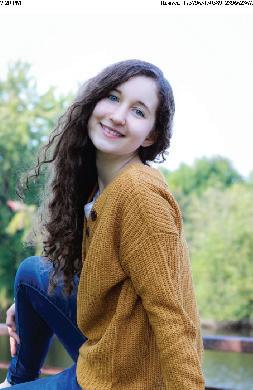
viscosity and density increased, the reactivity, or sensitivity, of the enzyme decreased.
“There is a way to control enzymatic activity by playing with the mechanics of its local environment, and that's really helpful,” Dew said. “You could think about it in terms of food, if you wanted faster reactions in baking. You could talk about it in terms of industry, if you wanted to play with the reaction rates of the materials that you're looking at and the chemical processes that you are undergoing.”
While she was in Ithaca, Dew also interned at the Cornell Raptor Program, which houses a collection of non-releasable birds of prey and educates people about them. She also enjoyed hiking and visiting Syracuse with her friends.
Although she will not be continuing with the Laboratory of Soft and Living Materials this semester, Dew is glad to have gotten the chance to work with the team behind it.
“They're a fantastic team,” she said. “They are so clean and organized and kind and welcoming. Love the Dufresne Lab, one hundred percent.”
Caleb Goillandeau ’26, Caddy Lab in The Baker Institute for Animal Health
Caleb Goillandeau ’26 studied viruses and antibodies in The Baker Institute for Animal Health. He worked under Prof. Sarah Caddy, microbiology and immunology, who he has worked with since fall 2024.
Goillandeau’s focus this summer was the rotavirus, a stomach and intestinal virus that can cause severe dehydration.
leaves the infant vulnerable to disease as the maternal antibodies wear off.
Goillandeau’s project was to test the effectiveness of an engineered antibody against rotavirus, which could be used alongside a vaccine to treat the disease. His lab infected baby mice with rotavirus before applying the antibody treatment, all of which was done as humanely as possible, according to Goillandeau.
“Dr. Sarah Caddy… was very caring towards not only me, but she also wanted to make sure the mice were handled in the best way possible,” Goillandeau said.
All research involving animals at Cornell needs to be approved by an Institutional Animal Care and Use Committee to ensure that animals are not being used unnecessarily or treated unethically.
The team ultimately found that the engineered antibody was not very effective, but Goillandeau still found value in his experience with “the mouse handling, the literature reviews and all the scientific skills” he gained.
While in Ithaca this summer, Goillandeau also took a physics course and participated in the Community Learning and Service Partnership program, where he helped a Spanishspeaking Cornell employee learn more English while simultaneously practicing his own Spanish.
Although Goillandeau is not staying with the Caddy Lab this year, he hopes to continue pursuing research in other labs and graduate school. He encouraged other undergraduates to also participate in research.
Kittirattanapaiboon is working with the starlet sea anemone, a two to three-centimeter animal that buries itself in mud in brackish waters of the east and west coasts of the United States, as well as part of coastal England. The Babonis Lab has a colony of them growing in captivity for their studies. Kittirattanapaiboon spent his summer dealing with their genetics in one of the lab’s long-term projects.
“I was trying to identify the function of a gene that no one has found the function for before,” said Kittirattanapaiboon. This could be accomplished through “turning that gene on or off and comparing them to infer the function based on those differences.”
The gene Kittirattanapaiboon studied, when activated and expressed in cells, puts the proper cell types where they’re supposed to go on an embryo. In humans, for example, this type of phenomenon would ensure that the cells that will make up hair follicles only go on your head and not all over your body. In the anemones, it can help distribute stinging cells across the proper parts of its body.
Stinging cells are a particular type of cell that, true to their name, serve to sting those who touch them. They occur in creatures like jellyfish, coral and sea anemones, and they are also at the heart of Kittirattanapaiboon’s independent research study idea.
Allison Dew ’27 worked in the Laboratory of Soft and Living Materials, which is led by Prof. Eric Dufresne, material sciences engineering and biophysics. She joined the lab in spring 2025. The lab has a number of research directions, including living droplets, which Dew studied.
Living droplets, otherwise known as biomolecular condensates, are found in cells. They’re microscopic drops of organic material — nucleic acids, which make up DNA, and proteins. Biomolecular condensates can affect what the cell does, which is why understanding them is necessary to understanding how cells, organs and the human body work.
“We are studying these because there are benefits, for instance, in medicine. Think [diseased growths from cells] in the brain,” Dew said. “If you understand … why something's forming globules in your brain, then you can understand how to dissolve it with medication.”
Dew was a research assistant under post-doctorate researcher Takumi Matsuzawa. Her main project was to repeat the results of a project previously conducted by lab member Blue Shapiro, M.Eng. “My job was to go back over his research and expand on it and try and repeat his results to see how valid they were,” Dew said. By the end of the summer, she succeeded in replicating Shapiro’s results.
She and Shapiro found that when an enzyme — a structure in cells that speeds up chemical reactions — is pushed into a biomolecular condensate, its activity can greatly increase. Additionally, when the condensate’s
“It’s the number one cause of diarrhea deaths in infants in third-world countries,” he said, “so we studied why
“Keep sticking with it. It’s really hard to learn all these techniques and get used to science, but give it some time and in the end, things will start to feel better.”
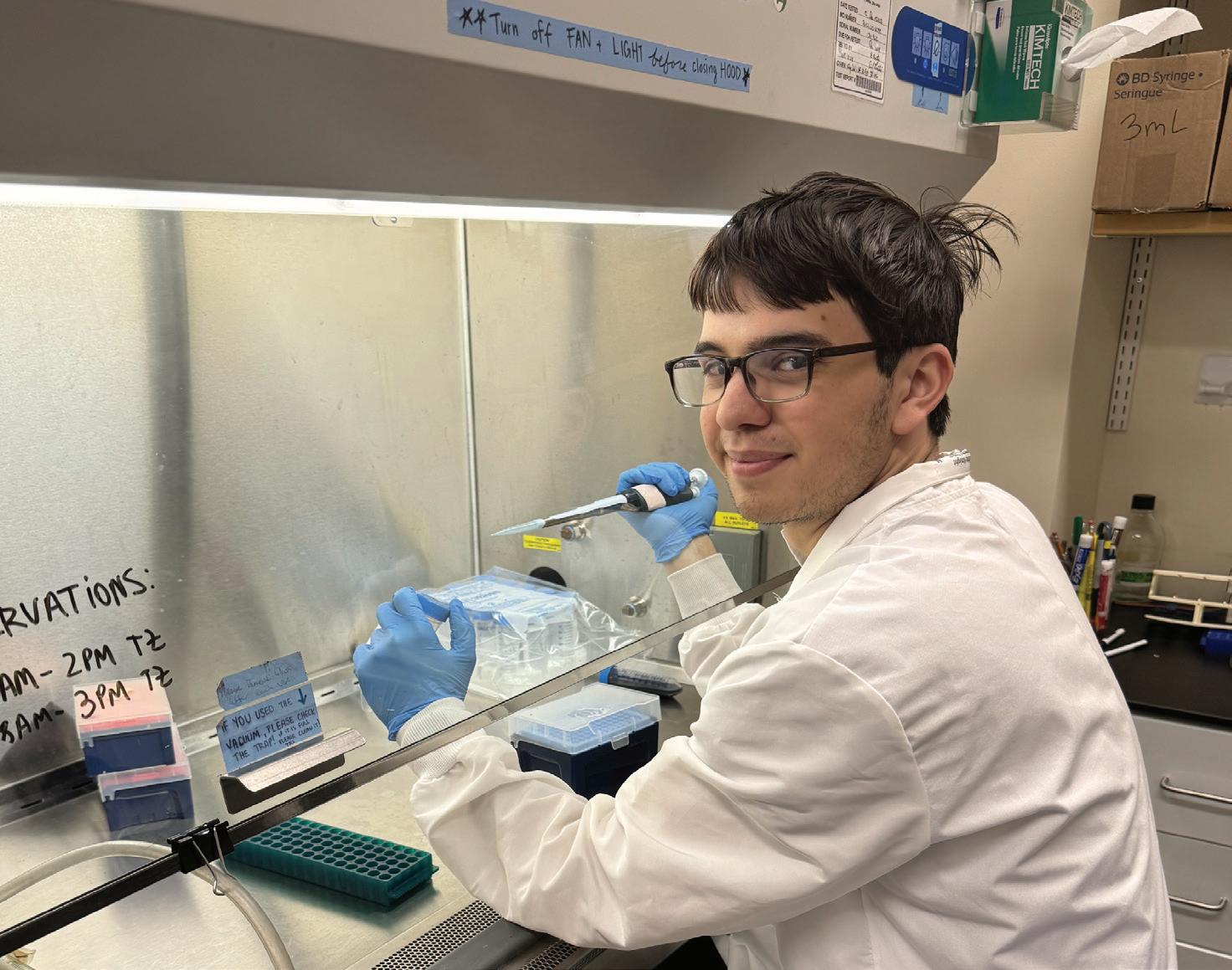
the vaccine wasn’t so effective in these groups through maternal antibodies.”
Through pregnancy and breastfeeding, mothers give their infants temporary immunity to certain diseases in the form of maternal antibodies. These antibodies may cancel out the effects of a vaccine against these diseases because the body thinks you have maternal immunity from the virus, but this effect is only temporary. This
Archawin Ice Kittirattanapaiboon ’28, Babonis Lab Archawin Ice Kittirattanapaiboon ’28 studied the evolution and genetics of sea anemones in the Babonis Lab, which is led by Prof. Leslie Babonis, ecology and evolutionary biology. This summer, he was a research assistant under graduate student Moey Rojas, and he is now working towards his own independent research project.
Specialized cell types with a certain purpose, like stinging cells, are generally developed from a simpler cell. For instance, stem cells are simple cells that are a complete blank slate and can develop into a variety of fancy, specialized cells.
Prof. Babonis previously discovered that there is a certain gene that, when activated, will change a neuron — the simple cell — into a stinging cell — the specialized cell. Kittirattanapaiboon hopes to shed light on the how and why of this process in his independent project, as different subtypes of neurons and stinging cells exist and the links between the subtypes are hazy.
“We don't know what neuron is turned into what type of cell, so my project is kind of linking the groups of neurons and stinging cells that we know these animals have,” he said. “Are they related? Is it important that it must be a neuron to become [a stinging] cell, and what is the factor that determines this cell type?”
While in Ithaca, Kittirattanapaiboon also worked on an independent project researching how evolution spread across the world and how it may have been affected by translation between languages. As an international student from Thailand, he particularly focused on readings about Southeast Asia in the Kroch Library. Kittirattanapaiboon is considering pursuing a dual major in Biological Sciences and Asian Studies. Kittirattanapaiboon’s work emphasizes the ongoing, current nature of evolution.
“When I tell people I'm studying evolution, everyone thinks, like, ‘oh, are you digging for fossils?’” he said. “But evolution is not just fossils. We can look at [the past] … but we can also look at it just in ourselves … in one cell cycle.”
Researching rotavirus | Goillandeau spent his summer researching rotavirus uder Prof. Sarah Caddy, microbiology and immunology.
COURTESY OF CALEB GOILLANDEAU '26
Engineering excellence | Dew spent her summer researching living droplets.
COURTESY OF ALLISON DEW '27


All the Action: Cornell Homecoming Weekend
By Eirian Huang
Eirian Huang is a senior in the College of Arts and Sciences. They can be reached at ehh56@cornell.edu.
At this point in the fall semester, whether it’s your first or eighth, the routine has set in for better or for worse. We are tired. It’s getting colder. Colors are changing. You may have multiple prelims on one day (we have all been there). Yet, amidst all of this chaos and season of adjustments, Homecoming Weekend, which spans from Oct. 3 to 5 this year, is a cherished tradition that comes at the perfect time — right before fall break, when things may start to look bleak.
Perhaps you’re like me: a senior who has never really had an affinity toward attending the Homecoming game. Or, you may be extremely invested in the success of Cornell’s football team and will be seated to experience the entirety of the game against Colgate on Saturday afternoon. Regardless of where you fall on this spectrum, it’s undeniable that homecoming is a time to show your Big Red spirit and do all things fall-related. There is truly an activity or excursion for everyone, regardless of if you plan to show face at the Homecoming game itself. Keep reading for an (almost) comprehensive list of every event worth checking out over Homecoming weekend.
1. Are You a Freshman? Take Your Class of 2029 Photo!
When? Wednesday, Oct. 1 at 5 p.m. Where? Rawlings Green on North Campus.
A true rite of passage for every Cornell student, the Class of 2029 group photo will be taken to kick off the week of Homecoming. Stand amongst your peers in the formation of your graduating year, which may seem far away right now, but will be here before you know it.
2. Watch the Chorus and Glee Club Homecoming Concert
When? Friday, Oct. 3, from 7 p.m. to 8 p.m. Where? Bailey Hall.
Cornell Chorus and Glee Club’s annual Homecoming Concert starts at 7 p.m. on Friday right before the drone show. Venture over to Bailey Hall to experience a wide range of Cornell classic songs.
3. Check Out CSA’s Mid-Autumn Festival
When? Friday, Oct. 3, 8 p.m. to midnight. Where? Ho Plaza.
Each year, Cornell Chinese Students Association (CSA) hosts a Mid-Autumn Festival event on Ho Plaza to celebrate the holiday with free snacks and activities, as well as performances by various student groups including Lion Dance at Cornell, Cornell Shimtah and BreakFree Cornell throughout the evening. While it’s not directly a Homecoming-related event, it is another cool event to check out on Friday before or after the fireworks, since the event goes until midnight. This event is one of my favorites to attend each fall, and its central location makes it convenient to stop by.
4. Decorate Pennants in Willard Straight Hall
When? Friday, Oct. 3 from 6 p.m. to 8 p.m.
Where? Willard Straight Hall Lobby
If you’re in need of some dorm decor or just looking for a fun craft to wind down after a busy week of classes, stop by Willard Straight Hall’s lobby to decorate felt pennants with CU Tonight. Make sure to RSVP if you plan on stopping by!
5. Experience the Drone and Laser Light Show
When? Friday, Oct. 3 from 7:30 p.m. to 8:45 p.m.
Where? Schoellkopf Stadium.
Of course, this article would not be complete without the highly-anticipated Drone and Laser Light Show. The true kickoff to Homecoming weekend, swing by Schoellkopf Stadium on Friday evening to experience a truly breathtaking light show. It is being said that this is the first time drones and lasers will replace the usual fireworks set off the Friday evening before homecoming, so I am looking forward to what it will be like.
6. Attend the Student and Alumni Breakfast at Homecoming
When? Saturday, Oct. 4 at 10 a.m. Where? Klarman Atrium.
Saturday morning, Alumni Affairs and Development is hosting a breakfast and networking event with fellow students and alumni who are back on campus! Whether you’re looking for career advice or just want to feel somewhat productive (while being rewarded for doing so with free breakfast) this event is a great way to kick off the weekend before you throw yourself into other Homecoming activities. Don’t forget to RSVP on CampusGroups.
7. Stop by HoCo Fest When? Saturday, Oct. 4 from 11:30 a.m. to 1:30 p.m. Where? Ho Plaza.
Truly, what is a football game without all of the surrounding fanfare? Before the game on Saturday, head to Ho Plaza for the annual HoCo Fest, which will feature merch giveaways, food stations and other fun Homecoming activities to get your Big Red spirit going.
8. Listen to the Cornell Concert Commission Homecoming Concert When? Sunday, Oct. 5 at 3 p.m. (doors open at 2 p.m.) Where? The Ramin Multipurpose Room in Bartels Hall.
My personal favorite part about Homecoming is the annual Cornell Concert Commission Homecoming Concert. In past years, artists including Tinashe, Yves Tumor and lovelytheband have performed. This year, artist Ravyn Lenae will take the stage in the Ramin Room at Bartels Hall with special guest Tkay Maidza. Known for her viral hit “Love Me Not,” Lenae’s unique sound will make for a wonderful way to end off a busy Homecoming weekend. Tickets for this event start at $27. No matter what you end up doing over the weekend, I hope you are able to take a break from the hectic nature of fall semester and its never-ending prelim season to enjoy immersing yourself in the Cornell community. These are just some of the things that are available to do, but the possibilites are endless.
Fall at Its Finest: Apple Fest in Ithaca
By Vanessa Long
Vanessa Long is a sophomore in the College of Agriculture and Life Sciences. She can be reached at vvl22@cornell.edu.
The week before Apple Harvest Festival, a mummer can be heard over Cornell’s campus. In reality, it’s 15,000 different students’ stomachs rumbling in anticipation of apple cider, candied apples and apple cider donuts.
In my not-so-unpopular opinion, Apple Fest weekend is the best weekend at Cornell. This year, it fell just before our heavily anticipated Homecoming Weekend — perfectly kicking off the fall season on its opening day, Friday, Sept. 26. Everyone dons their favorite warm sweater and heads out into the chilly Ithaca air to walk the streets of The Commons, enjoying the smalltown feel Ithaca vendors are happy to provide. As a member of this sweater-wearing, apple cider-drinking class, Apple Fest is my Christmas. Who needs presents when you can hear the Gilmore Girls’ theme song fluttering between the tree-lined streets?
There’s a charm to Ithaca this weekend that can’t be recreated. Once a year, we forget about the irreparable damage our first prelim has done to our overall grade (and our psyche) and pretend we’re in an elevated Hallmark movie.
This year, Apple Fest came with less of a chilling breeze and felt more like a nice summer day. Although the backdrop for the event was a clear blue sky, the energy and buzz from the various vendors and apple-enjoyers was the same as always. The town of Ithaca — along with Cornell University, Ithaca College and Tompkins Cortland Community College students — filled the streets of downtown Ithaca to enjoy the apple treats, live music and artistry of this fall fest weekend.

As I explored the booths with apple pies, apple fritters, apple crisps and apple dumplings, I reveled in this once-a-year experience. Almost everything sold is fresh and made locally. This homemade feel only ripens the experience. Whether interested in food or art, it’s clear that care and passion were put into the creation of it all. Including the event itself, which feels just as comforting and warm as the Harvest Festival seen in Gilmore Girls.
For $1 an apple, everything seems possible again. Prelims seem far away when drinking apple cider under canopying trees, surround-
ed by the local community. Apple Fest is a great mid-semester reminder that being at Cornell can be a lot of fun. It’s a much-needed break that feels perfectly placed between the first exam season and Fall Break. A mini reprieve full of locally made treats?
Once again, my Christmas.
Of course, Apple Fest is a great place to go with friends and family. I know some students have parents visiting this weekend to experience the warmth and welcoming atmosphere that Apple Fest radiates. Looking at all the handmade jewelry and marveling over the artistry, Apple Fest is about more than apples; it’s an event that fosters community and connection. (And provides the chance to see the cutest dogs!)
If apples are not your thing, don’t worry. One of the streets at Apple Fest is lined with food trucks and stands offering a diverse range of cuisines, from Jamaican to Greek, as well as wood-fired pizza. There’s truly something for everyone.
There’s so much to explore that it’s more than reasonable to spend hours wandering between book stands and the Witches Brew, with the very gloomy and mysterious fog getting everyone into the fall spirit, through artisan booths with vendors who specialize in
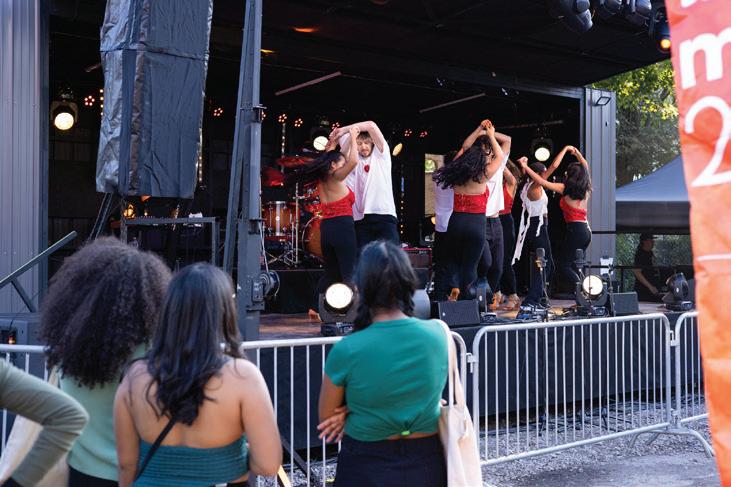
painting landscapes, as well as jewelers who mold metal into pocket watches, rings and lockets.
The soundtrack of the day is all of the student performances, whether brought to you by musicians or dancers; the music fills the commons, drawing crowds to the stage. I admit as a music lover, I’m as susceptible as anyone else. So of course, I wandered over to the stage and watched some fantastic performances. Apple Fest is as well-crafted and intentional as an apple pie itself, and watching everyone from everywhere come together to enjoy the best weekend in Ithaca amidst the falling leaves is magical and wondrous. So, if you need an excuse to dust off your tote bag and bring out your boots to enjoy a fun day of fall, be sure to stop by Apple Fest. And if you missed it this time around, be sure to stop by next fall. Whether you are in need of a sip of apple cider (hot or cold), want something to eat or need a cute new piece of jewelry, there’s a booth downtown for you.
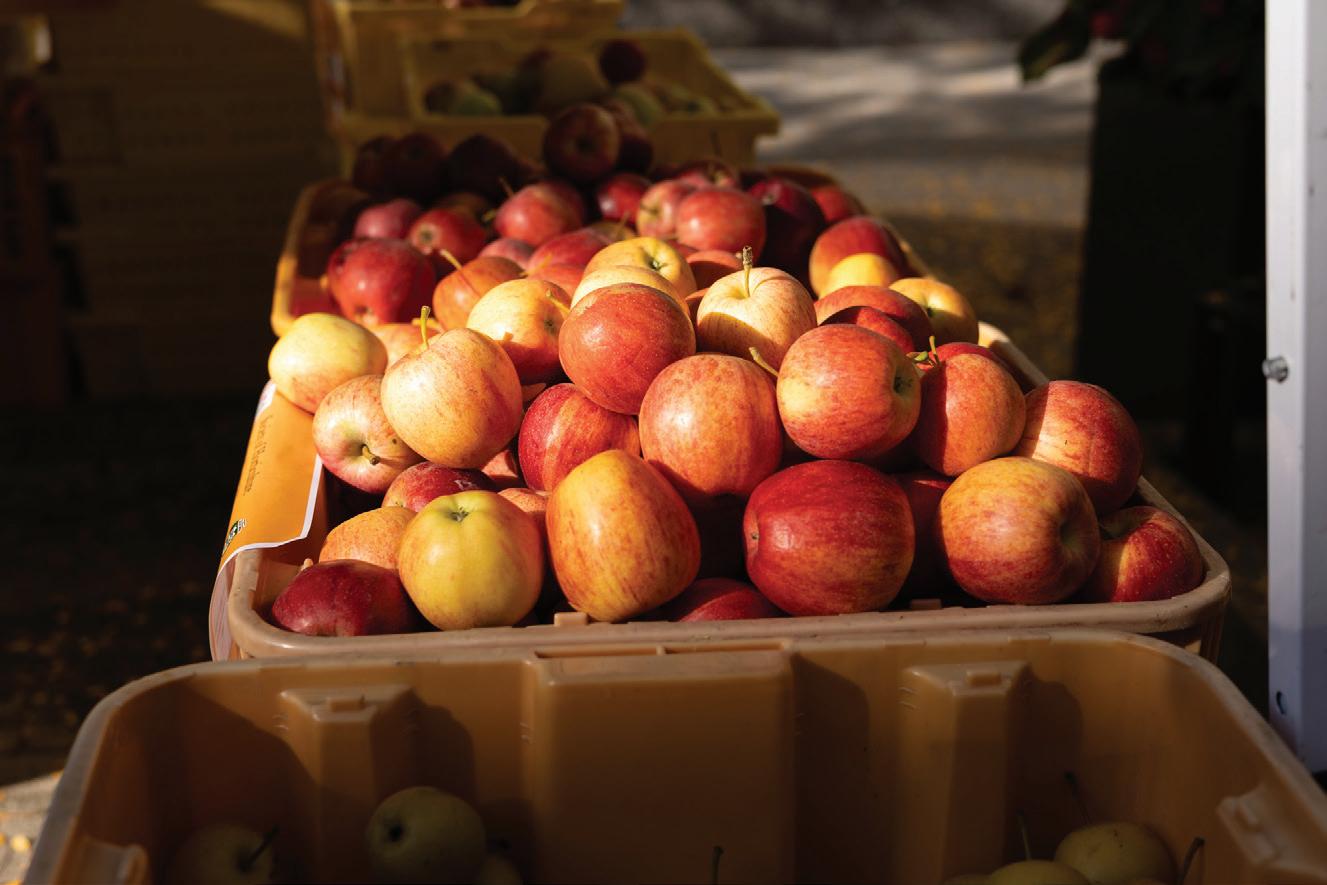
STEPHAN MENASCHE / SUN ASSISTANT PHOTO EDITOR
STEPHAN MENASCHE / SUN ASSISTANT PHOTO EDITOR
RACHEL EISENHART / SUN STAFF PHOTOGRAPHER
Ecologist Megan O’Rourke Ph.D. ’09 Quit Trump’s
Department of Agriculture, Running for Congress
By ATTICUS JOHNSON Sun Staff Writer
Sept. 28 — In her own words, Cornell alumna and ecologist Megan O’Rourke, Ph.D. ’09 is running for Congress because she “has a backbone.”
A Blairstown, New Jersey native, O’Rourke is emphasizing her working-class background in an effort to contrast her personal story with other candidates in the race. She’s also made affordability and opposition to Trump’s One Big Beautiful Bill a centerpiece of her campaign.
O’Rourke has joined a primary field in New Jersey’s 7th district so crowded with competitors that national Republicans have called it a “clown car.”
The district, expected to be one of the most competitive of the 2026 midterms, is currently held by a Republican, Tom Kean Jr., but votes regularly for both parties. Donald Trump won the district in 2024 by 2 percent, though Biden carried it by 4 percent in his 2020 victory.
Candidates for the Democratic primary include fighter pilot Rebecca Bennett, Biden Small Business Administration official Michael Roth and magazine executive Brian Varela, among others.
In order to stand out among so many candidates, O’Rourke said she will emphasize affordability and her personal story.
“Growing up poor, issues with food security were troubles in our family. We often relied on our church’s food pantry,” O’Rourke said. Her family’s struggles,
along with her love for nature, compelled O’Rourke to pursue an “intersection of environment and food” in her career.
After graduating from Cornell, O’Rourke worked as a Senior Environmental Advisor for the United States Agency for International Development in Phnom Penh, Cambodia, before joining the Virginia Tech faculty in 2013.
Eventually, she decided to work for the federal government once again, this time as a program leader for climate in the Department of Agriculture, where she managed grants on sustainability that the department awarded to universities.
In July, she resigned from her position in protest of the Trump administration’s decisions to cut many of the same grants she had worked on only a year before. Since then, she has been running for Congress full-time.
O’Rourke said her decision to run this August was in part because she believed “there was some weakness” in the field, and that the candidates already in the race didn’t have the “strength” it took to defeat incumbent congressman Kean.
“People don’t have to doubt whether or not I have sacrificed,” O’Rourke said, referring to her decision to leave the Trump administration. “People don’t have to doubt whether or not I have the backbone.”
O’Rourke has lived in Blairstown, New Jersey, since she was born, moving only for college. She attended SUNY Stony Brook University before getting her
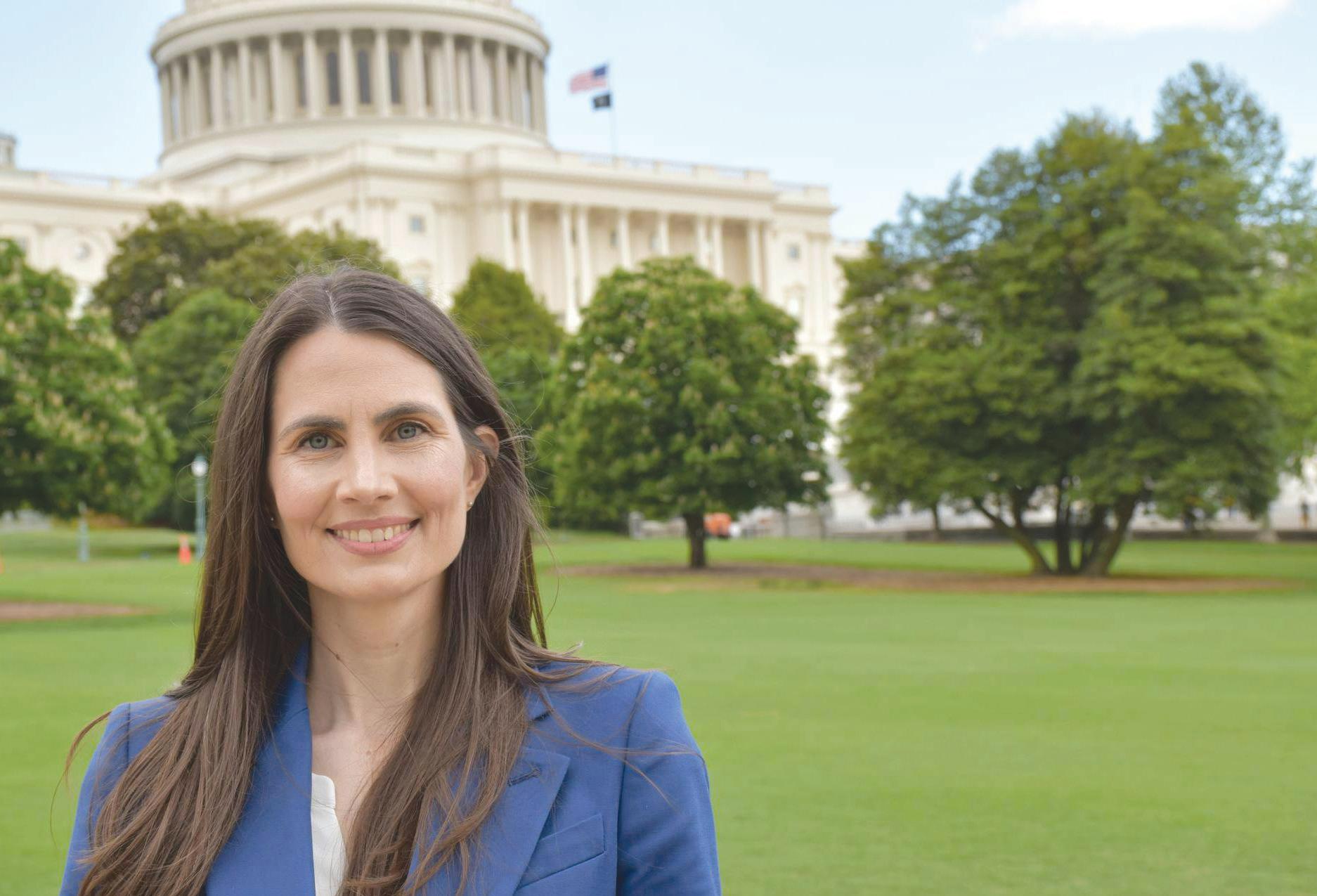
master’s at Iowa State University and her doctorate in Agricultural Ecology from Cornell in 2009.
Attending graduate school at Cornell while raising a family made O’Rourke “stand out,” she says, especially on a graduate student’s stipend, which she estimated was around $25k.
While at Cornell, O’Rourke said she and her family utilized the Women, Infants, and Children program, Medicaid and the Headstart program. She also started a community garden in Slaterville Springs, where she lived, to make some extra money.
“It was really hard, but we buckled down, because from a young age — for
whatever reason — I wanted to do a Ph.D.,” O’Rourke said.
Though O’Rourke’s platform centers around affordability, during an interview with The Sun, she did not outline any specific priorities or policy proposals to combat the cost-of-living crisis that a majority of New Jersey voters say is their top issue. A review of her campaign website found that O’Rourke does not specify any policies to address affordability.
To continue reading this article, please visit www.cornellsun.com.
Atticus Johnson can be reached at ajohnson@cornellsun.com.
Jorge DeFendini ’22 Runs for Ithaca Common Council
By JONATHAN BRAND Sun Senior Writer
Sept. 25 — Nearly two years after serving on Ithaca’s Common Council, Cornell alumnus Jorge DeFendini ‘22 (D) is running for a third time to represent Ithaca’s First Ward. He will be opposed by Zach Winn (R), a longtime Ithaca resident and journalist.
Even before his freshman year at Cornell in 2018, DeFendini was no stranger to politics. After interning with Alexandria Ocasio-Cortez’s and assisting with her primary congressional campaign, DeFendini’s interest in politics blossomed.
“It was very transformative, to say the least, to see a newcomer who was, quote-unquote, radical,” DeFendini said. “To see someone win who, way back in
2018, was talking about abolishing ICE and establishing the Green New Deal.”
At Cornell, DeFendini immersed himself in political student associations.
“I got really involved with political organizing,” DeFendini said. “I started Cornell for Bernie with some of my other classmates, which then went on to become Cornell progressives after the primary campaign.”
During his senior year, DeFendini served on the Fourth Ward of Ithaca’s Common Council from 2021 to 2023. Fourth Ward encompasses Collegetown and some parts of Cornell’s campus.
“It was tough to balance the city council and school at the same time — it’s essentially a job,” DeFendini said. “We wanted to fight for housing as a human right. We wanted to fight for the workers’ rights. We tackled issues like reparations.”
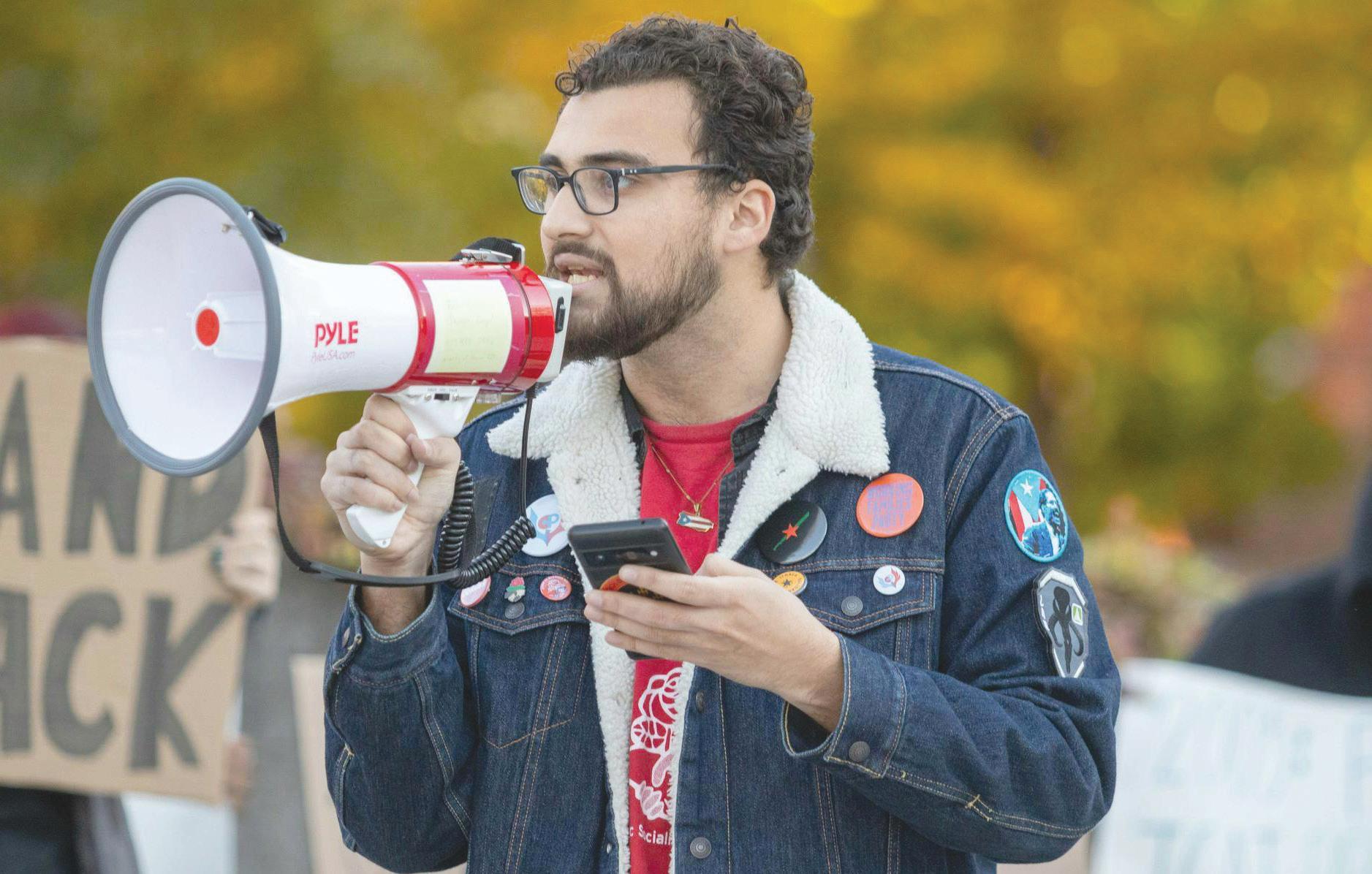
While on the Common Council, DeFendini helped secure funding for the South Side Community Center and helped change the narrative on homelessness, to diminish criminalization and encourage ethical relocation of the unhoused.
“It was thanks to working with the tenants’ union, Human Services Coalition, and other members of council to really make that a reality,” DeFendini said.
DeFendini ran for Ithaca’s Common Council once more back in 2023. While it seemed like he was running unopposed, another Cornell student, Patrick Kuehl, held a write-in campaign, garnering support out of the public eye and securing the win in a shocking twist.
Despite his loss, DeFendini has remained active in the political scene. DeFendini worked closely with Kayla Matos and Phoebe Brown, the latter currently representing the First Ward.
“I worked with [Matos and Brown] on different policy issues, trying to support them on things like Good Cause Eviction, which we got passed,” DeFendini said. “We’re one of the first cities in New York State to get it passed after it got passed at the state level. We’re currently working on, now, trying to look into how the city could deal with the question of, ‘How do we provide reparations to black immigrants,’ which has been really great to see take shape.”
Brown will not be running for reelection. However, she said that Ward 1 would be in good hands with DeFendini.
“I was no longer a college student and didn’t have to represent college town anymore, so I moved to the First Ward,
which was the only Ward I could afford,” DeFendini said. “Shortly after, I had a conversation with [Brown] because she announced very early on that she was not going to run for re-election to spend time with her grandkids. She said I was one of the few people she could trust to continue the type of work that she’s been doing.”
If elected, DeFendini plans to continue organizing alongside groups like the Ithaca Democratic Socialists of America and the Ithaca Tenants Union to advance a popular, pro-worker agenda for the city. DeFendini emphasizes coalition-building, not only with allies on the left but also with council members across the political spectrum.
“I’m an organizer, and we organize on the council,” DeFendini said. “I would use persuasion, and sometimes we needed pressure, you know, from public comment and from people speaking up to their representatives to advance that agenda, not just to make my case on the floor or appeal to staff or what have you, it’s organizing that gets the job done.”
DeFendini’s plans to pick up where he left off in 2023, with a particular focus on housing and overall quality of life.
“I plan to help end outward employment or stabilize rents for people who can’t afford them, making sure that our building codes are being enforced or that we’re building enough housing for the city’s needs,” DeFendini said. “If you go to places like Europe and Latin America, this is very common sense; why can’t the same apply here?”
COURTESY OF MEGAN O’ROURKE PH.D. ’09
Cornell in Congress | O’Rourke is running to represent New Jersey in Congress.
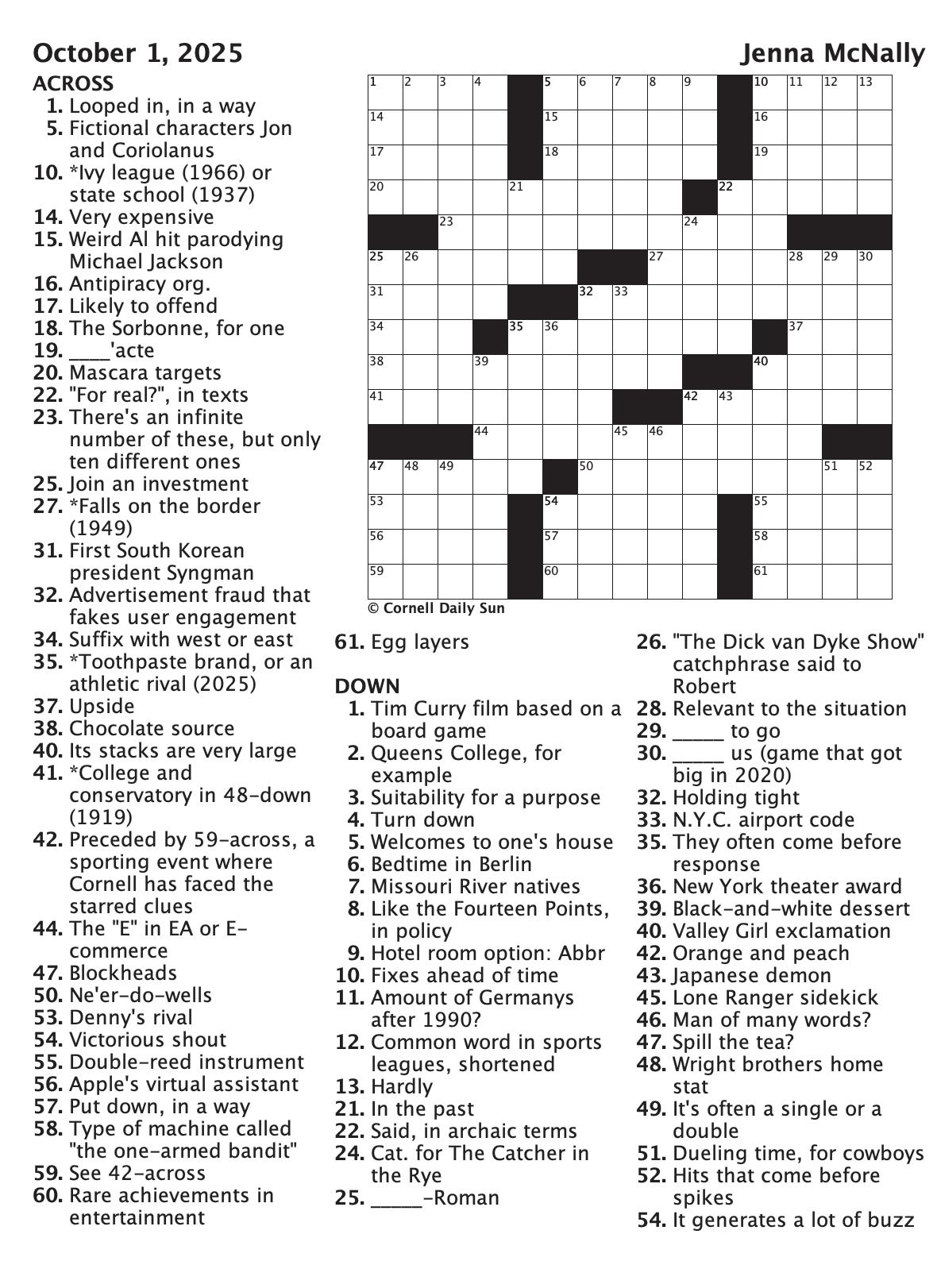

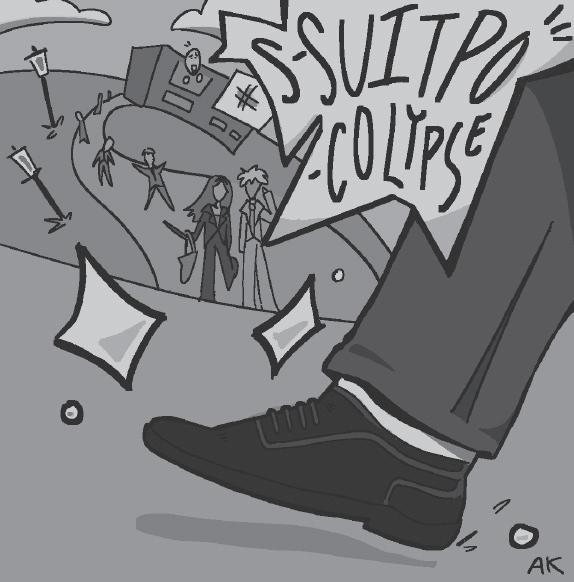

ARTS & CULTURE
Plant Based: Materiality and Representation
By PEN FANG Arts & Culture Writer
Nestled in the bowels of the Olin-Kroch Library complex is one of my favorite gallery spaces: the Hirshland Gallery in the Rare and Manuscript Collection. This academic year, the gallery features the exhibition Plant Based: Botanical Innovations From Paper to Poison. The library describes: “The artifacts gathered in this exhibition demonstrate the essential role plants have played in human communication, health, clothing, and design across the ages, showing that the phrase ‘plant based’ can apply to much more than food and diet. Plant Based explores multiple dimensions of our varied interactions with plants, and celebrates the earth’s florae, their myriad uses, and the inspiration humanity has discovered in their bounty.”
Plant Based explores the way plants influence and are influenced by ways of making and seeing. In particular, it visualizes the dialectic between plants as medium (for example making up paper, ink, dyes, etc.) and plants as represented objects. These are not necessarily oppositions, as evidenced by cases like a woodcut where the plant constitutes the maker (wood, paper) and the represented (print of a plant). Rather, I think these objects give us a way to think about these dynamics of representation and grapple with the material properties of the things represented and representing.
The exhibition’s experience actually begins when you take the stairs down from the Olin/Kroch ground floor. Each landing features an enlarged page from an artist’s book that hints at what is below. On the top level is an enlarged page of cyanotypes from Laurie Sieverts Snyder’s Leaves and Stones; On the next is a page from Trisha Hammer and Audrey Niffenegger’s Poisonous
Plants at Table depicting an Ides of Spring Party. This descent into the exhibition feels like a microcosm of the exhibition itself — literally moving from paper to poison.
The exhibition consists primarily of cases filled with books and objects, with each case centering around a function of plants in creating. The case closest to the entrance situates you at the beginning of the exhibition: paper, specifically paper-making. The poison section is at the back of the room, so that moving through the exhibition inevitably makes you move from paper to poison, which activates your physical body as a necessary part of the exhibition and also aids with experiencing the objects and their materials through imagining physical interactions.
I think my favorite display case is the one featuring woodcuts. I love looking at printing “plates,” seeing the dimensionality and imagining the process of impressing and carving out. But more so, I love that the case lays out the carved wood depicting plants next to the prints of said plants on plant-based paper. For me, it really gets at this dialectic of plants as the thing making up an art object but also as what is being represented, with both then situated into the larger history of printing.
I also love the case with cyanotypes and nature-printing, in part because I adore the ghostly qualities of cyanotypes. Nature-printing is done by pressing plants into soft lead, and then painting the impression that remains. Cyanotypes are made with UV-light sensitive paper; the plants are placed on the paper, and then everything around them is “developed” by sun exposure. And so in both of these cases, the physical plant essentially makes the piece, which really makes me think of the plant’s influence on making — how does the plant’s physical properties shape the way people can capture it and how
it appears?
The exhibition does a stellar job drawing connections between objects and processes, as well as the continuous ways plants influence and are influenced by making processes. A taller case towards the back features the use and representation of plants in fashion and clothing. Floral fabrics for costume doll dresses are next to a reference book of dyes and a print depicting the harvesting plants used to create these dyes. As the description notes, plants are both used to make clothing through dyes and are often represented as motifs on clothing. The placement of these things together show the represented and representing processes overlap.
One of my favorite pieces featured is Aimee Lee’s Every Fall. The paper base mixes bark lace with traditional Korean paper making processes that use the mulberry tree. The description says that this use of medium evokes tactile experiences of visiting Korean burial grounds. Visually, the first thing I noticed was the roughness and texture, which creates a desire to touch and feel. I think the texture evokes the grounds themselves, and reaching out to touch becomes entangled with acts of burying. For me, this piece drags the history of the plant medium and the cultural history of certain practices together, enmeshing processes of making and experiencing with a larger history. Perhaps this piece embodies what I love most about the exhibition; It grapples with the questions: What history did the things constituting this object have? What knowledge is embedded within these representations of plants and processes? And what new life do plants take on in these transformations?
Pen Fang is a sophomore in the College of Arts & Sciences. They can be reached at pfang@cornellsun.com.
Te Good, Bad and Ugly: Netfix’s ‘Black Rabbit’
By MATTHEW RENTEZELAS Arts & Culture Writer
Underwhelmed would be the most appropriate word to describe my feelings upon finishing Black Rabbit, Netflix’s newest crime thriller miniseries. When I first heard that Jude Law and Jason Bateman would be starring in a series together, I was hooked. I’ve been a fan of Bateman’s work for years, admiring the comedic prowess he displayed in Arrested Development (2003-2019), Horrible Bosses (2011) and Game Night (2018), as well as his more serious work in films like Juno (2007). Although I am admittedly less familiar with Law’s filmography as a whole, The Talented Mr. Ripley (1999) owes much of its success to his captivating performance in the film. And, for the most part, Law and Bateman delivered convincing and engaging performances throughout the series. So, then, what was responsible for the series’s disappointments?
First, I’ll highlight the good. Black Rabbit follows Jake and Vince Friedkin as they try to deal with the complications brought on by the enormous debts Vince owes to loan sharks. Their attempts to settle the debts are complicated by difficulties Jake encounters while running his upscale bar and restaurant. As some reviewers have pointed out, Black Rabbit’s story combines the high-stress nature of the restaurant industry as portrayed in The Bear (2022-Present) with an anxiety-inducing debt storyline similar to those featured in Uncut Gems (2019) and Rounders (1998). By blending the culinary and crime worlds, Black Rabbit effectively places the viewer in a state of constant anxiety throughout the course of the show. Each bad decision the characters made left a deeper and deeper pit in my stomach
that remained for some time after each episode ended. Law and Bateman effectively executed a portrayal of brotherhood that was addictive to watch, with witty banter and petty arguments perfectly capturing the love and resentment each character holds for the other. The supporting actors (especially Cleopatra Coleman and Troy Kotsur) provided believable performances with the screentime they were given, adding more life and detail to the story’s greater world.
At times, however, the show seems to stretch on for much longer than it has to. Black Rabbit has a runtime of over seven hours, and it seems that the writers felt compelled to add unnecessary twists to the show as a means of keeping the viewer’s attention. However, the show does little to build the groundwork for these twists or fully capitalize on their implications. This becomes most apparent in the miniseries’ last episode, which seems to quickly speed through many of the plot’s storylines with no true feeling of resolution or catharsis for the viewer. Additionally, the sheer amount of noise throughout the show’s plot leaves little room for the side characters to truly be developed or explored in interesting ways. As a result, when these characters appeared in scenes without Law or Bateman, I often felt much less engaged. Many such characters merely seem to be devices for moving the plot forward rather than fleshed-out human beings. Having focused on the most glaring “bad” aspects of Black Rabbit, we will now move on to the ugly. Though Law’s performance itself proved convincing, his subpar accent work proved extremely distracting at many points. Law, who is from London, struggles to maintain a consistent vocal performance throughout the show: his voice seems to bounce back and forth between a thick New York accent
reminiscent of an Italian gangster and a more toned-down, generic American accent. When his voice changed within a single scene, it completely took me out of the action. I also found this failure relatively surprising, given his believable accent work in The Talented Mr. Ripley. Additionally, many of the decisions the characters make throughout the series are ridiculously stupid. While some of these could believably be chalked up to the stress of a situation or a character’s flaws, other decisions have no reasonable explanation. In a manner reminiscent of a James Bond villain, a character about to kill Vince agrees to Vince’s final request to do a line of cocaine together. The man’s complete lack of hesitation regarding the cocaine helps Vince escape the situation, which did not prove believable in the slightest. This, along with several other laughably dumb decisions, was simply too absurd for me to continue suspending my disbelief. Finally, the overall aesthetic of the show seems somewhat derivative of The Bear at many points, with the show’s color scheme and framing often feeling like a cheap knockoff of the unique style crafted in The Bear
In all, Black Rabbit offers a decently enjoyable watch, especially for fans of Law and Bateman. However, the series does not deliver the rich, carefully crafted viewing experience I had hoped for. If you have an extra seven hours of your life to kill in the near future, Black Rabbit would be a perfectly acceptable way to spend them. If you’re on a more limited schedule, you won’t be missing out on much by skipping the new Netflix miniseries this time around.
Matthew Rentezelas is a sophomore in the College of Arts and Sciences. He can be reached at mmr255@cornell.edu.
T e Best Movies to Kick Of Homecoming
AVA TAFRESHI ARTS & CULTURE CONTRIBUTOR
Whether or not you cherish the day (or even remember much from it), Homecoming is one of Cornell’s liveliest traditions. Cursing out a school we got painfully rejected from, watching a sport we don’t care enough about to understand and passionately posting nonsense on Sidechat? Talk about a hallmark of the Ivy experience! Nevertheless, as lasers scintillate in the starlit skies above Schoellkopf Field and you down another box of those too-good-to-betrue apple cider donuts, I’ve compiled a list of the best sports movies to help you channel HOCO energy before we journey into the depths of the gloomy winter season.
1. The Blind Side (2009)
I get it, round one of prelims drained your soul and left you breaking down in the Olin library again. The cure to your heartache lies in emotional release by watching a movie sure to leave you reaching for six-ply tissues.
Based on the award-winning biography by Michael Lewis, The Blind Side brilliantly chronicles the life of football player Michael Oher. Oher grapples with a painful past marked by poverty, familial drug addiction and confinement to the foster care system.
From a turbulent childhood to starting in the NFL, this evocative tale will leave you with a newfound appreciation for the strug-
gles athletes endure behind closed doors. Trust me, this is an absolute must-watch.
2. Race (2016)
As an avid hater of Netflix films, I would say Race is one of the platform’s hidden gems. Amid domestic and international racial tensions, track star Jesse Owens finds himself attending the 1936 Olympics in Berlin.
In the face of restrictive Jim Crow Laws at home and growing Nazi influence in Berlin, Owens sets or ties six world records and takes home four gold medals. This feel-good, historical and still all-too-relevant movie highlights three years of Owens’ defiant life. We watch him grow as a person and win against all odds, and get an intimate glimpse into the emotional journey experienced by athletes.
3. Young Women and the Sea (2024)
I feel morally obligated to include Young Women and the Sea on this list. This soul-quenching film unveils the unknown story of Gertrude (Trudy) Ederle, the first woman to swim across the English Channel, a feat previously attempted only by men.
While infected with measles, Trudy witnesses the overturn of a burning ferry. She later learns of the staggering number of female deaths due to their incapacity to swim. She grows fascinated by the water, and despite being faced with prejudice and lingering side effects from her measles diag-
nosis, she defies the prevailing sexist notions by setting the world record for crossing the English Channel.
Even as she loses her way, the love and light of her supporters lit bonfires to help her reach the finish line. This riveting tale is sure to inspire you — and to make you a little more grateful for the dreaded Cornell swimming requirement.
Honorable Mention: High School Musical 2 (2007)
I know what you’re thinking. High School Musical 2, while not a traditional sports movie, is truly pivotal in the franchise’s legacy — and arguably has the best playlist.
Set in the summer following the iconic first film, Troy Bolton and the Wildcats gang land summer jobs at the Lava Springs Country Club, owned by Sharpay Evans’ parents. After discovering the other employed Wildcats, particularly her arch-nemesis Gabriella Montez, Sharpay insists on creating a miserable work environment to drive them out. As she vies for Bolton’s heart, Evans maliciously strives to ruin romantic interludes between Troy and Gabriella, stirring drama among the gang.
While set in a high school environment, I promise the themes of ungodly jealousy will hit closer to home than you realize — especially in the messy world of athletics. And, of course, how can you go wrong with a little nostalgia as you recover from that pounding headache?
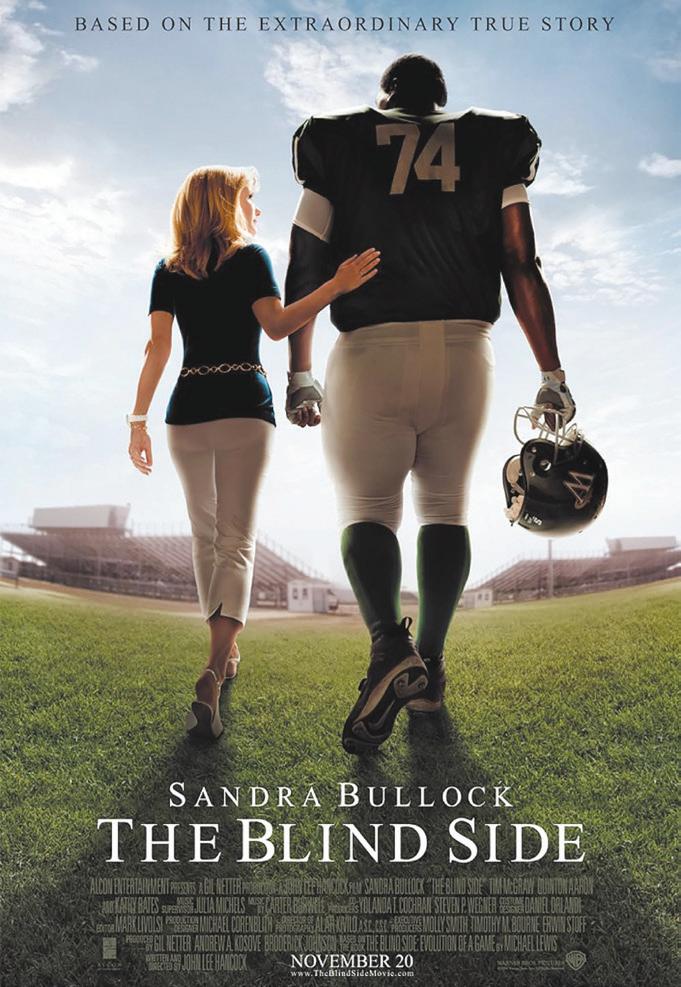
As you prepare for game day, I hope you enjoy some much-needed movie nights with friends. Let’s protect Touchdown’s relatives this Homecoming weekend. Watch these films in your dorm lounges instead of partaking in nefarious activities against bear carcasses — please, we can’t let Colgate see our disunity. Surely, as overworked Cornell students, we should find better pastimes — and sports movies seem to be the best option!
Football and Homecoming in Popular Culture
CHARLOTTE FEEHAN ARTS & CULTURE CONTRIBUTOR
The start of fall at Cornell can only mean one thing. No, not the first round of prelims, not club recruitment and not even Halloween yet. In a matter of days, campus will be abuzz in anticipation of its most beloved early autumnal tradition: Homecoming. Throngs of Cornell students, alumni, staff and families will crowd streets and bleachers, rallying together as the football team faces one of its fiercest in-state rivals, Colgate University. Of course, Cornell is one of many scholastic institutions across the country to celebrate Homecoming and the spirited traditions that come with it. Before making its way to high schools, the concept of a Homecoming game was founded by American universities looking to draw alumni support back to campus. Despite ongoing debate, the most popular origin story of Homecoming credits the University of Missouri in 1911. At the time, the university’s athletic director, Chester Brewer, wanted to host a community-wide event for the opening of football season against the University of Kansas. Starting as a celebration of unity and school spirit, the
enduring presence of football and the Homecoming tradition in popular culture has grown into a widely-recognized symbol of youth, pageantry and American nostalgia. After all, Archie Andrews of Riverdale puts it best: If you don’t know what many refer to as the new “great American pastime,”
“you haven’t known the triumphs and defeats, the epic highs and lows of high school football.”
Beyond mere campus traditions, football and Homecoming games have garnered international recognition in popular media as iconic rituals of American culture. From Friday Night Lights to She’s The Man, football and sports-related media serve as the contemporary battlegrounds of American youth grappling with conflicts in identity, belonging and rivalry all at once. A plotline most commonly depicted in TV dramas, triumph and heartbreak play out under the lights of the football stadium, its packed bleachers creating an amphitheater for the spectacle that is the coming-of-age experience. For decades, the media has utilized football to capture the ferocious intensity of youth while pairing it with the aesthetics of seasonal fall nostalgia. Whether
portrayed sincerely or satirically, depictions of American football and Homecoming in the media offer not just an understanding of how we see ourselves, but also of how the rest of the world sees us.
Friday Night Lights is the perfect, if not the most prominent, example of football culture in televised format. Released in 2006, the five-season saga centers around the rural town of Dillon, Texas and its football team. Dillon is the spitting image of classic small-town America, and naturally high school football is its crowning jewel. The series follows Coach Eric Taylor as he navigates the pressures of athletic victory while managing the highs and lows of familial drama. Friday Night Lights makes sure to follow the storylines of players like Tim Riggins, Jason Street and Matt Saracen, all of whom must tackle personal challenges under the weight of the entire town’s scrutiny. The team’s never-ending struggle for the state championship is perfectly balanced with characters’ individual struggles to make for an incredibly addictive plot. More than just a game, football is the beating heart of the Dillon community. Characters young and old meet their fates on the field, confronting themselves
beyond sport in ways that viewers might not expect.
Though football isn’t necessarily the premise of hit series Glee, it certainly plays a key role in the hierarchical structures between its characters. Taking more of a satirical approach to portrayals of football in popular media, Glee capitalizes on traditional high school caricatures — your average jocks, cheerleaders, nerds and stoners alike — to make comedic jabs at the social politics of modern-day teenagers. Glee’s plot revolves around unexpected connections made between a group of students who decide to join the school’s glee club, led by math teacher Will Schuester. Repeated football games and Homecomings throughout the show serve as consistent plot points that highlight the hilarity of high school drama while shedding light on the very real pressures of conformity that define adolescence.
Whether through the attempted realism of shows like Friday Night Lights or the comedy of Glee, stereotypes of football and Homecoming in the media make for a fascinating study of what we consider to be quintessential American values. Just as classic as their letterman jackets, football players represent a particular demographic of
American youth, one that promotes ideals of exceptionalism, physical prowess and social dominance on and off the field. Especially in the microcosm of high school life, Homecoming and football are more than just backdrops of social hierarchy between teenagers; they serve as tangible symbols of our nation’s most idealistic and prized beliefs. Whether these depictions accurately capture the reality of American youth is, of course, still up for debate.
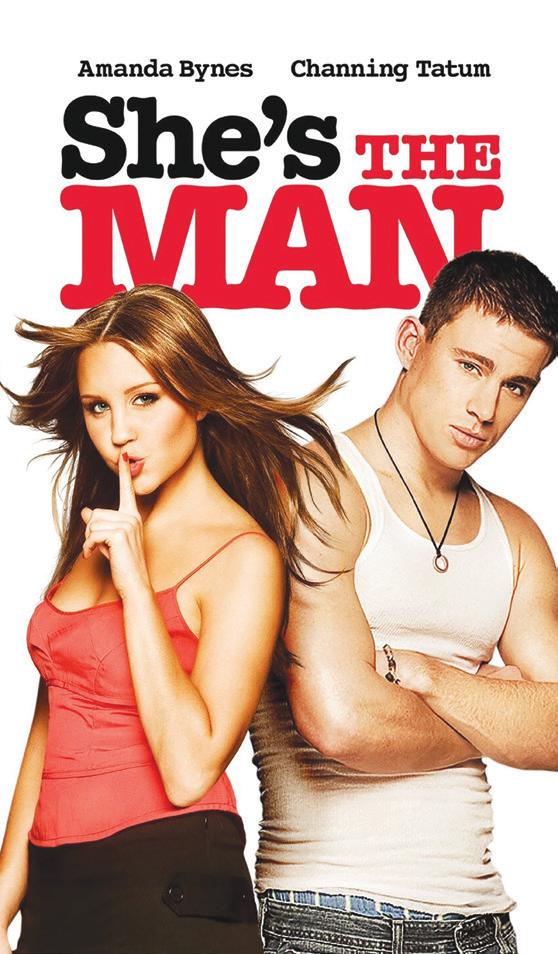
Charlotte Feehan is a sophomore in the College of Arts and Sciences. She can be reached at cgf47@cornell.edu.
Ava Tafreshi is a sophomore in the College of Arts and Sciences. She can be reached at ant63@cornell. edu.
COURTESY
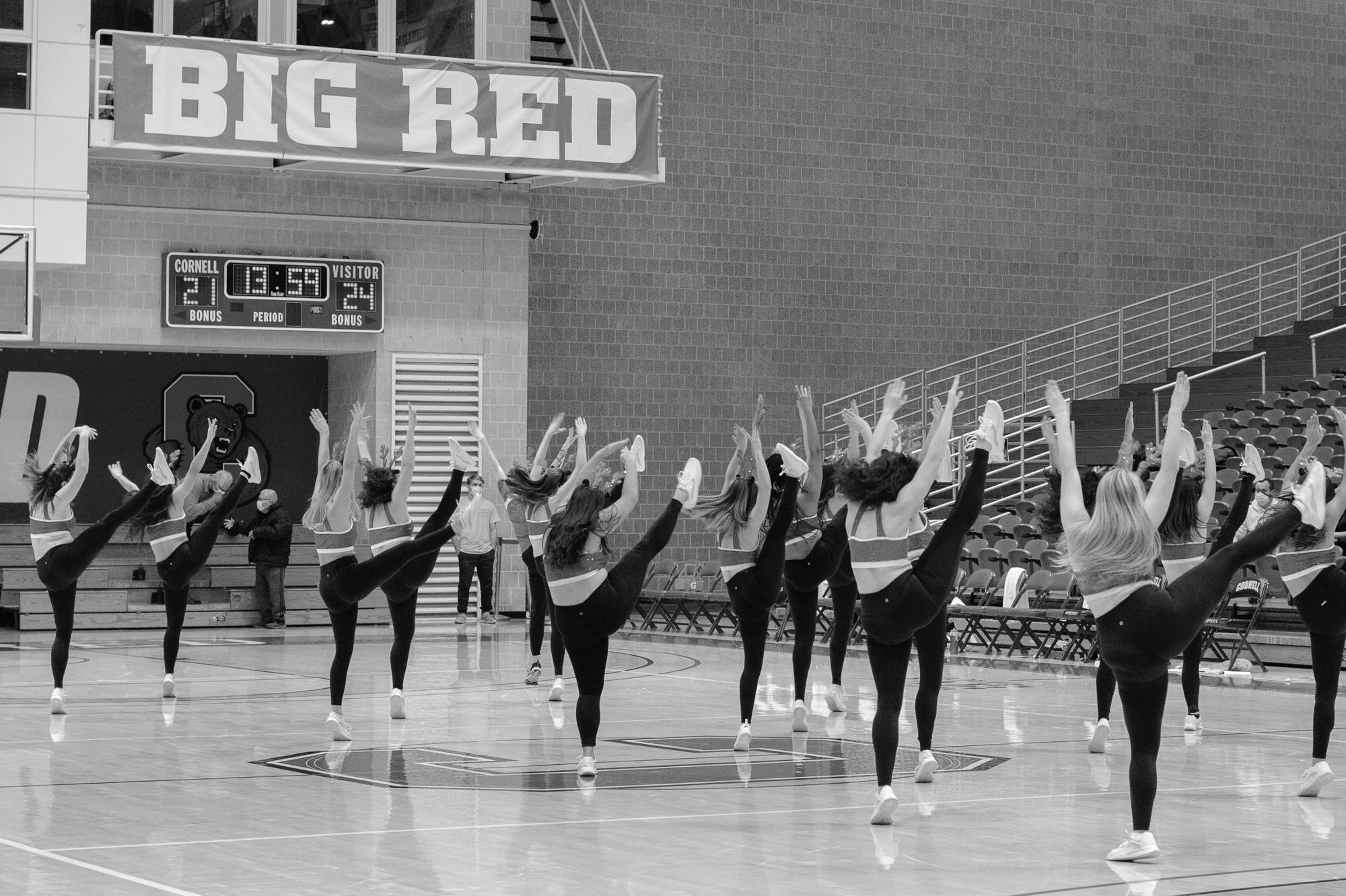
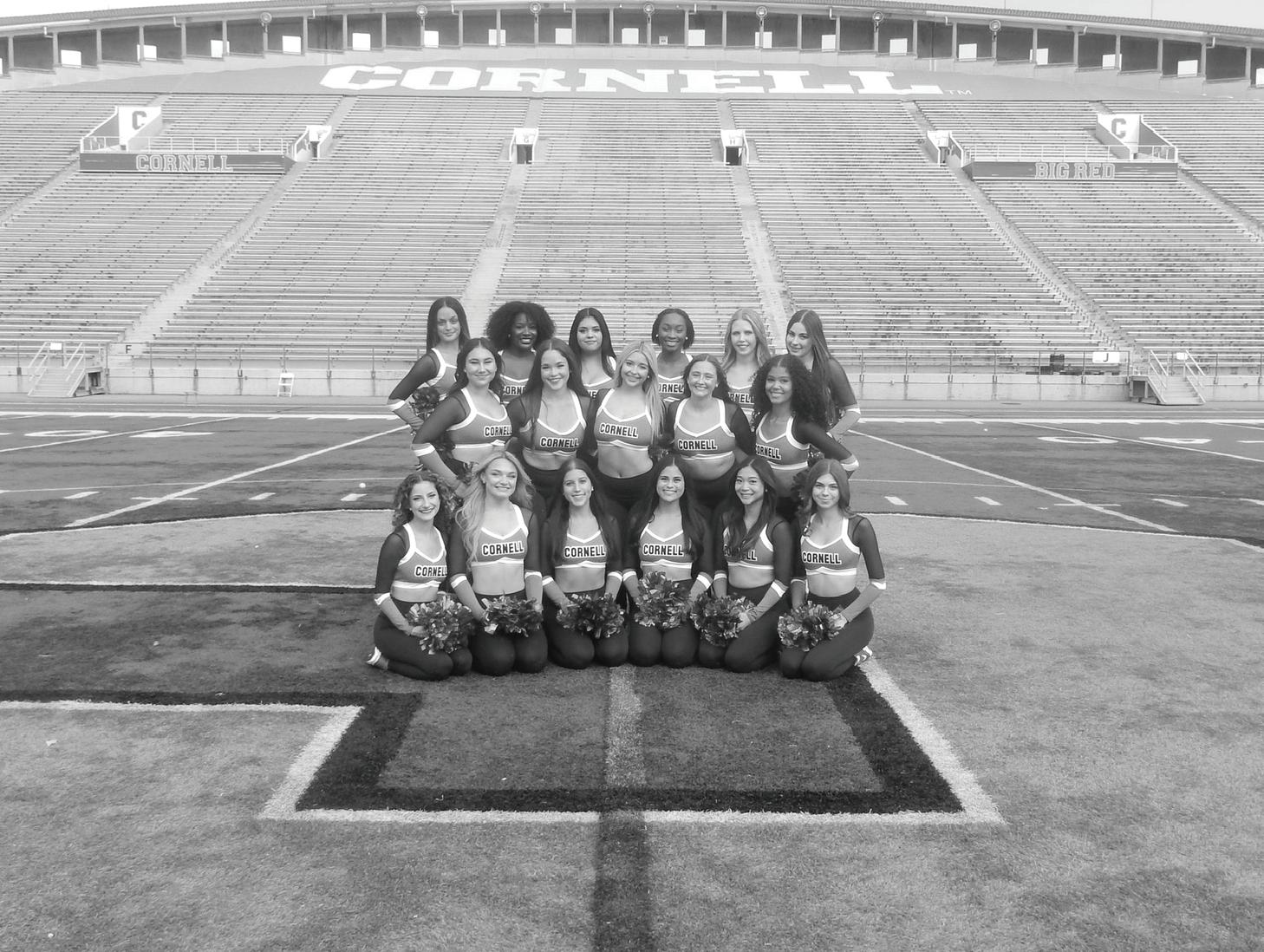
Cornell Dance Team’s Journey From Club Sport to History Making D1 Team
By ZEINAB FARAJ Sun Features Editor
Sept. 30 — The Cornell University Dance Team made history at the Universal Dance Association College Nationals in January 2024, when Cornell became the first Ivy League university dance team to qualify for finals. But, before the team could perform a dazzling show in Orlando, the team had to overcome a series of institutional and financial hurdles — as a relatively new club sport fighting for funding and recognition.
Starting From Scratch
The team was founded in 2017 as a registered student organization at Cornell. Since its inception, the group has performed for athletic events on campus. Former head coach Amanda Hernandez ’21 said that within a few short years, the club evolved into a competitive team that immersed its members in pom, hiphop and jazz technique.
For many of its members, like Savannah Jeffries ’24, joining CUDT wasn’t just an activity — it was about continuing a lifelong passion.
Jeffries started dancing at three years old and described her experience with dance as “synonymous with living.” She knew that when she started college, continuing to dance was “non-negotiable.”
When Jeffries was accepted to Cornell in the spring of 2020, the country was in the midst of a global pandemic. Despite a socially distanced start to her college experience, the team quickly became a keystone part of her transition to Cornell.
“It was a very transformative part of my Cornell experience to have the team and to have people that I could get to know during the pandemic,” Jeffries said. “The coaches would put us in team families, and we could spend a lot of time together. Unknowingly, we built a lot of unity and chemistry.”
While the team wasn’t competing that year, Jeffries said that competitions, specifically Nationals, were on the mind of her and her teammates. But, the biggest challenge between the team getting to Nationals wasn’t exactly the teams they would go up against, but funding.
“As someone who’s danced all my life, that moment was full-circle. To step onto that Nationals stage with my team, knowing everything we had overcome to get there, it meant everything.”
Savannah Jeffries ‘24
“A lot of people don’t realize how expensive everything in the dance world is, and because we were registered as a club at that time, we got club funding, which is super helpful for all of the normal operations that a club needs to operate on campus,” Jeffries said. “But that’s not the type of money that’s going to get a team to Florida.”
As the former treasurer for the team, she detailed some of the costs the team would have to cover,
including transportation, hotel rooms, renting a studio to practice in leading up to the competition day, costumes and rights to the music used.
“I saw the numbers and realized it wasn’t possible for us to go to Nationals unless everyone on the team pays a crazy fee,” Jeffries said. “One of my main goals was … [making sure there is not] anyone who is not able to be on this team because of financial reasons.”
A Goal of Nationals and Recognition
So, the team got to work, taking fundraising efforts into their own hands. While juggling their full academic course loads, members of CUDT organized fundraising campaigns, and still found time to rehearse. The team also started working with Vice President for Student and Campus Life Ryan Lombardi and Dean of Students Marla Love to find more sustainable ways to fundraise — including being recognized by Cornell Athletics as a Division I team.
“This group is a shining example of student leadership and what can be done when organizations are willing to put in the effort and form collaborative relationships across the institution.”
Ryan Lombardi
“My first introduction to the dance team was in February 2020 (just before Covid and the move to virtual instruction in March) when they performed for an SCL event, where I was impressed by their effort and energy,” Lombardi wrote in an email statement to The Sun. “Soon afterwards I began meeting with them as they requested support to grow their relatively new organization, which has blossomed over the years.”
One of their major fundraising successes came during the pandemic, when the team launched a care package program for students — where parents could send items like school supplies or food directly to their students door. With travel restrictions in place and parents unable to visit, CUDT saw an opportunity to help both students and families feel a bit more connected.
The team continues to do many of its own fundraising efforts — including continuing the care packages, participating in Giving Day, crowdfunding and more.
“We would have meetings with Lombardi and Love where we would update them on our progress and they helped us find extra sources of funding wherever possible,” Jeffries said. “They connected us with Laken Kelly in athletics and we really started to have discussions about what CUDT could add to athletics.”
Jeffries explained that the team had to “prove itself” and demonstrate that it deserved funding and recognition from Cornell Athletics. After a successful Nationals competition, CUDT started to gain “traction” with Athletics. In the summer of 2024, the team became a registered varsity sport
at Cornell.
Hernandez also explained that the group worked with Lombardi and athletics to help unite the dance, cheer, band and mascot organizations together into a Spirit Program that could help boost morale around athletics.
“That unification lifted our presence on campus,” Hernandez said. “I wish I could say it was easy, but it certainly was not. It required a lot of persistence in order to get our team to the forefront. For me, every second was worth the time and dedication.”
Hernandez was involved in these efforts while also attending the University of Michigan’s medical school.
“This group is a shining example of student leadership and what can be done when organizations are willing to put in the effort and form collaborative relationships across the institution,” Lombardi wrote in an email statement to The Sun. “I’m thrilled to see their continued success. I can’t say enough about the dedication, perseverance, and commitment they demonstrated week after week as they expanded.”
For Jeffries, the impact that she made with other members of the executive board, along with Hernandez — who Lombardi said was “instrumental” for the team’s success — was a “full-circle” moment for her, and one she said wouldn’t have been possible without the contributions and support of the rest of her team around her.
“As someone who’s danced all my life, that moment was full-circle,” Jeffries said. “To step onto that Nationals stage with my team, knowing everything we had overcome to get there, it meant everything.”
A New Era for CUDT
Currently, the team benefits from being a part of athletics, according to Gameday Captain Daj’zha Tucker ’26.
“The increase in funding and exposure that we got has been critical to the improvement of the team,” Tucker explained. “We have access to athletic apparel, and it takes the burden off of our dancers. We are so grateful to the school.”
Additionally, CUDT hired a head coach for the team, Ravyn Schriewer, who helps teach routines and organize team logistics. Schriewer is also employed by Cornell as a physical education instructor.
CUDT can be found on the sidelines of all home football and basketball games. Fans can see them perform this weekend for Cornell’s first home game against Colgate University to kick off homecoming week at 2 p.m. Additionally, the team is currently working on bringing two routines to nationals for the first time ever in January 2026.
To continue reading this article, please visit www. cornellsun.com.
at zfaraj@cornellsun.com.
Zeinab Faraj can be reached
Dancing queens | The Cornell University Dance Team raised funds to participate in the Universal Dance Association College Nationals where it made Ivy League history.
JULIA NAGEL / SUN FILE PHOTO
School spirit | The Cornell University Dance Team can be found on the sidelines of many athletic events.
COURTESY OF LILY KING / CORNELL UNIVERSITY DANCE TEAM
Cornell Grad Student Receives SBB Research Scholarship
By ZEINAB FARAJ Sun Features Editor
Sept. 25 — More than three billion people across the world rely on wild-caught and farmed seafood as a significant source of protein, according to the World Wildlife Fund. But behind this vital resource lies a tangled web of political tensions and environmental threats, namely in global hotspots like Alaska and the western Pacific Ocean.
For Tatum Delaney, a second-year graduate student pursuing a dual M.S. and Ph.D., these global issues are the focus of her daily life and research — and have earned her a $2,500 scholarship from the SBB Research Group Foundation.
Delaney studies conflicts in fisheries located in Alaska and the western Pacific Ocean, and she explained that each region presents its own unique challenges. In Alaska, the biggest issue fisheries face is “infractions in environmental law,” according to Delaney. Whereas in the Pacific Ocean, there are more “illegal activities and political tensions between numerous countries” that can cause political turmoil.
She studies each region using data sets that contain news articles about violent or political tensions occurring in each of the regions. Using the data sets, Delaney can track locations of interest to the area and understand how the turmoil affects the production of food and the livelihoods of fishermen.
“So many coastal communities rely on the ocean and fishing to not only provide them with food, but to also make a living.”
Tatum Delaney ’29
The more turmoil and political uncertainty, the more “problems” for the people in the communities.
“So many coastal communities rely on the ocean and fishing to not only provide them with food, but to also make a living,” Delaney said.
“The greater goal of research like this is to increase transparency and awareness of issues in our oceans.”
Tatum Delaney ’29
Her research helps communities understand — and potentially combat — the “drivers of fishing violations” and combat illegal fishing practices, according to Delaney.
“The greater goal of research like this is to increase transparency and awareness of issues in our oceans,” Delaney said.
During her undergraduate studies at the University of California, Los Angeles, Delaney was interested in environmental science but was not set on a “niche” to study — that is, until she interned with the National Oceanic and
Atmospheric Association the summer after her junior year of college, which led her to focus in conservational biology.
“I fell in love with the ocean and with what is unknown about it,” Delaney said. “I enjoyed working with statistical models of the ocean, which is a skill I use today in my research efforts.”
Now at Cornell, Delaney is excited to connect with the public about her research and said that reserving this scholarship was an honor and that she is grateful for the generous support. She hopes that her research will “secur[e] food for coastal communities and ensur[e] the livelihoods of the people who work fishery-related jobs.”
“It is really inspiring to see this firm in Chicago care and fund STEM research, especially during times like this,” Delaney said.
Now, she hopes to utilize the funds to “connect with the public” and highlight the importance of her research. She emphasized how important it was to connect her research with people and policy.
Delaney hopes to leverage the Brooks School of Public Policy, The Judith Reppy Institute for Peace and Conflict Studies and the Cornell Atkinson Center for Sustainability — pointing out that each of them will serve as a fraction of her goal.
“My research is not just about fisheries, but also about people at the heart of the issue,” Delaney said. “I hope to use policy and other mechanisms to help positively impact the lives of the people at hand.”
Delaney recently attended a United Nations conference in France, where she said she had the chance to connect with people and learn more about the effects of her research. She emphasized how important the intersections between policy and citizens’ lives are.
“My research is not just about fisheries, but also about people at the heart of the issue. I hope to use policy and other mechanisms to help positively impact the lives of the people at hand.”
Tatum Delaney ’29
“In my research, there are so many systems that are connected, economic, social and political,” Delaney said. “We have to be studying these as integrated issues to be able to continue feeding communities and give people livelihoods that they’ve relied on for hundreds of years.”
Currently, Delaney is focused on building statistical models for Alaska and working with a data set provided to her by the WWF. She hopes to publish a manuscript about her research in Alaska.
“Working on a Department of Defense grant and receiving this scholarship was an honor,” Delaney said. “I am excited to work on my research this year.”
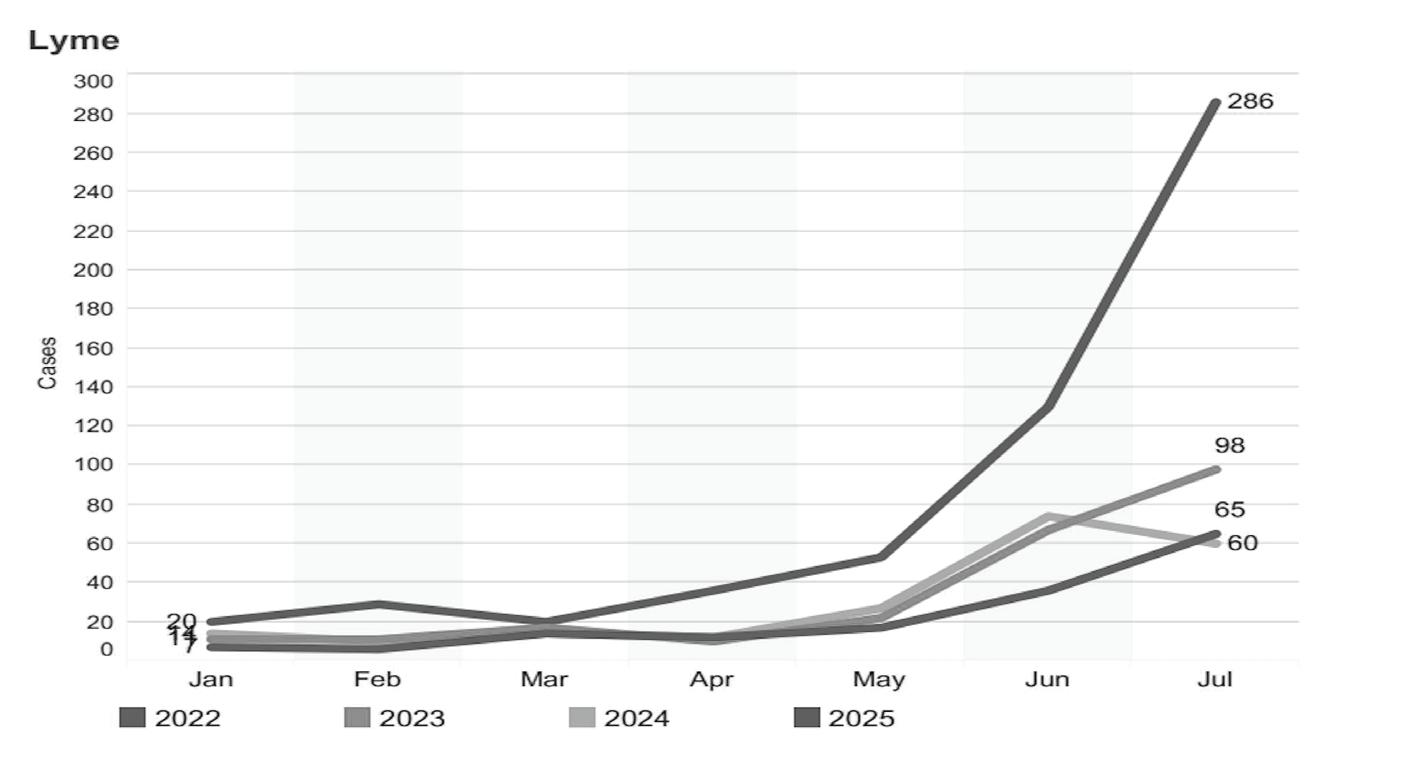
Record High Ticks Quadruples Lyme Disease in Tompkins
By HUSSAM KHER BEK Sun Contributor
Sept. 26 — Reported cases of Lyme disease in Tompkins County more than quadrupled in July 2025 compared to July 2024, according to data from the Tompkins County Health Department.
“Tick populations have had a boon year across the northeastern U.S. this year.”
Emily Mader
In an email sent to The Sun, Emily Mader, an extension associate in the Department of Entomology and program manager of the Northeast Regional Center for Excellence in Vector-Borne Diseases, wrote that Ithaca, “is a region endemic for multiple species of tick,” emphasizing the public health concern for the common blacklegged tick.
The reported number of blacklegged ticks in the northeast has been on the rise in recent months. Borreliosis, more commonly referred to as Lyme disease, is the most common illness spread by this species of tick.
“Tick populations have had a boon year across the northeastern U.S. this year, and this includes upstate NY,” Mader said.
The New York State Department of Health tracks tick activity in Tompkins County and the Tompkins County Health Department conducts annual reports of tick-borne diseases, including Lyme disease, anaplasmosis and babesiosis.
July 2025 had the most recorded cases for all three diseases. This year, cases of Lyme disease skyrocketed to 286 in July, compared to the 60 in July 2024.
Jordan Dickson ’28, a guide on one of Cornell’s Outdoor Odyssey Program trips this year, noted that two ticks were found on her trip this year.
“Both [ticks] were found quickly and were removed before the ticks would have time to transmit diseases,” Dickson wrote in a statement to The Sun. “We prepared for this by doing frequent tick checks.”
Deer, which are a primary host for the blacklegged tick, are present on campus. In 2014, the Village of Cayuga Heights and Cornell worked with faculty from the Department of Natural Resources
to study how a deer management program affected tick populations.
According to the final report, the program was unable to limit deer presence on campus to reduce their negative impact.
Prof. Bernd Blossey, natural resources and the environment, and director of the Ecology and Management of Invasive Plants Program, was part of the deer management program.
“We have argued with the [Cornell] administration to be more aggressive in terms of deer management on campus,” Blossey said.
Blossey emphasized the need for greater involvement from the University to address this year’s tick issue as it poses a health concern to the community.
“They’re supporting us a little bit, but not really in a very effective way,” Blossey said. “There has been no response [to the tick surge] even though the health of employees [and] the health of students is being affected by it.”
“They’re supporting us a little bit, but not really in a very effective way. There has been no response [to the tick surge]...”
Prof. Bernd Blossey
According to Blossey, the City of Ithaca has not taken action regarding the deer population despite the risks.
To ensure the safety of students, Cornell offers a Workday Learning Module on tick safety that any member of the Cornell community is able to take.
According to Mader, the best way to stay safe from tick-borne diseases is to avoid tick habitats which are often found in areas with a lot of leaf litter and along the edges of trails where shrubs, brush and tall grass grow. Mader also noted that effective ways to avoid tick bites include using EPA-approved insect repellent and wearing long pants and long-sleeved shirts.
Mader also advises that individuals should always check for ticks after being active outdoors and if any ticks are found, to remove them as soon as possible. It is not necessary to go to the doctor or urgent care to have a tick removed.
Zeinab Faraj can be reached at zfaraj@ cornellsun.com.
Ticks boom | In 2025, there was a record number of ticks recorded in Tompkins County with over 200 cases to date.
COURTESY OF TOMPKINS COUNTY HEALTH DEPARTMENT
Men’s Soccer Mounts Comeback Against Yale
Te Red conquered the Bulldogs for the frst time in 10 years
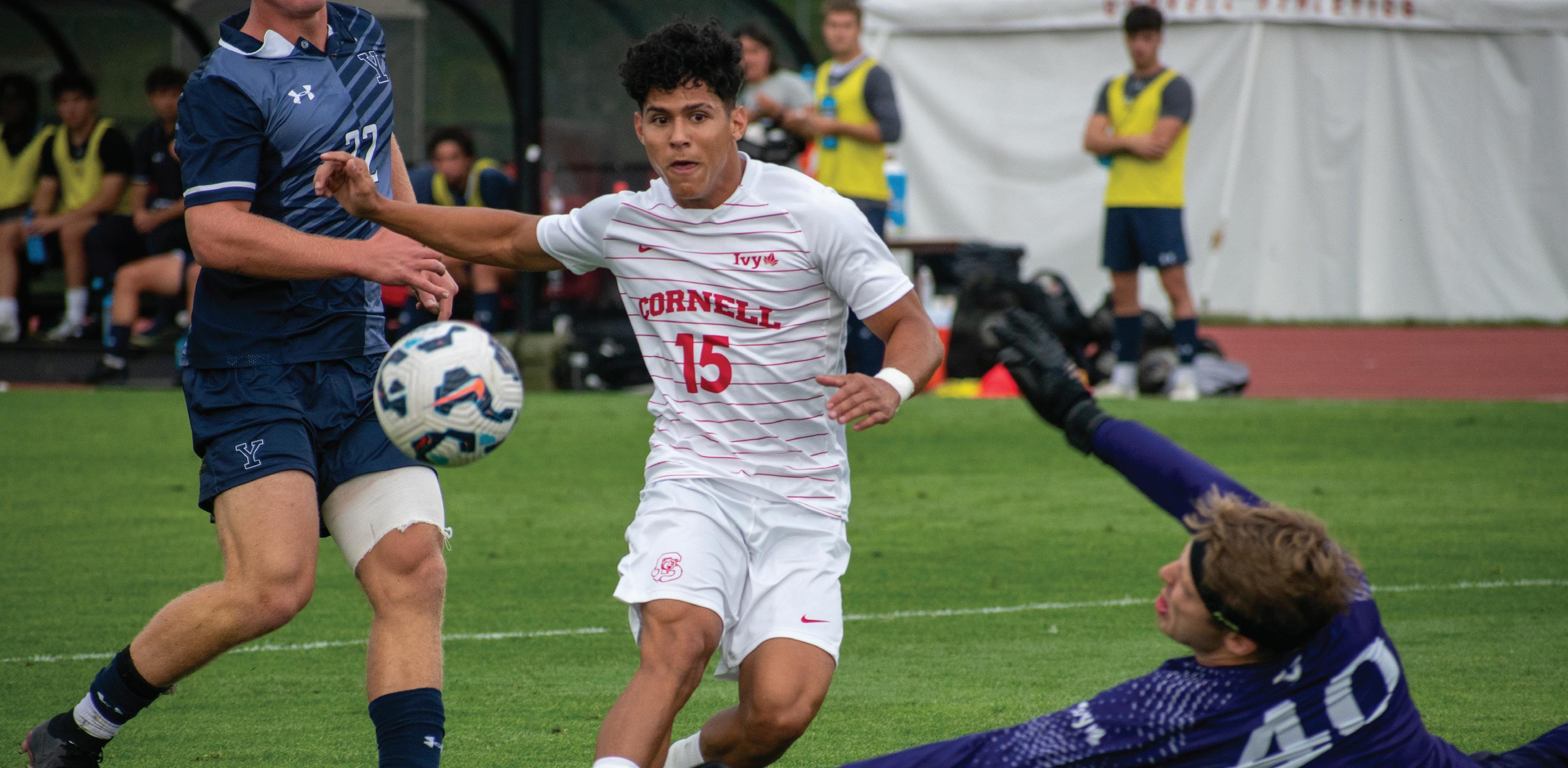
By WILLIAM D. CAWLEY
Sun Staff Writer
Coming off of a strong non-conference campaign to start the year, men’s soccer stayed at Berman Field for the third straight game to face its first Ivy foe of the season, Yale.
Despite an early goal from the Bulldogs (0-6-2), the Red (5-1-0) were able to close its homestand with a dominant win — and add a victory against Yale for the first time in 10 years.
The game started with an even run of play, with neither team generating much in terms of scoring chances until the 27th minute, when Yale won a corner and Andrew Myerson put a strong header past senior goalkeeper Ryan Friedberg.
At this point, the game began
to feel eerily reminiscent of last year’s Ivy League opener against Yale, which ended in a 1-0 upset in favor of the Bulldogs. Despite the momentum shift, the Red completely took over after the Yale goal.
Less than 10 minutes after the Yale tally, freshman forward Blake Donahue beat the keeper with a low shot, but it was cleared off the line by a Yale defender. However, Donahue was right on the spot to gather his own rebound and tie the game up with his first career goal.
Less than two minutes later, sophomore midfielder Adam Schaban weaved through the Yale defense and played a through ball for freshman forward Sergio Zapata who put the Red on top with his first career goal.
With halftime looming, Zapata was brought down in the box, earn-
ing a penalty kick for the Red. But, junior midfielder Connor Miller failed to find the corner and had his attempt from the spot saved.
The Red started the second half by continuing to dominate offensive play. Miller dribbled into the box, and, along with the keeper, calmly played a ball across the six yard box. Zapata was there to tuck home the shot off of the post, bringing the Cornell lead to 3-1 with all three goals coming from freshman.
Cornell would continue to dominate the rest of the way, finishing with 26 shots — ten of which were on goal. The Red squashed Yale’s attacks and held possession to kill the last of the clock.
Goals from Zapata and Donahue should quell concerns about the production from the Cornell forwards,
with both freshmen playing an excellent game. Miller was also fantastic for the Red despite missing from the spot, creating tons of chances for Cornell and collecting an assist.
Senior defender Andrew Johnson was a rock on the back line, getting in the way of many Yale shots and crosses. Senior midfielder Giorgos Diakos was also everywhere for Cornell, but struggled to finish his chances, ringing a post and sending a few shots wide.
Cornell now has a quick turnaround as they travel an hour south to face Binghamton on Tuesday at 7 p.m.. Live coverage will be available on ESPN+.
Women’s Soccer Strikes Early to Secure Historic Road Win at Yale
By AVERY SOHN Sun Staff Writer
Junior forwards Alanna Colbert and Emily Gibbons wasted no time making their mark on Saturday night, linking up for the decisive goal just 58 seconds into Cornell’s Ivy League clash with Yale at Reese Stadium. Seamlessly set up by Gibbons, Colbert’s right-footed strike beat the onrushing goalkeeper and stood as the lone tally in a 1-0 victory. It marked the seventh-fastest goal in program history and the quickest for the Red since 2011.
For Colbert, the play was instinctive.
“The ball was placed right on my foot. At that point, it was just a foot race,” Colbert said. “I think it was easier for me at that moment because it was the first attacking play in that game. I knew even if that didn’t go in, we still had the full 89 minutes to go in. To have that perfect ball and perfect set up, I could have closed my eyes and shot it and it probably would have went in.”
The victory marked Cornell’s first Ivy League road win since defeating Yale in 2015 and its first road win of any kind since August 2023, milestones that carry extra weight in a tightly
contested conference.
Colbert, who netted the game’s only goal, later exited with an apparent injury. Her status is still uncertain, and the Red will be hoping for a quick recovery as Ivy League play continues.
While the early breakthrough set the tone, Cornell’s defense and senior goalkeeper Natalie Medugno secured the result. Making her season debut, the senior recorded four saves and managed Yale’s late push with composure, tying her for ninth in program history with 6.5 career clean sheets. The Bulldogs controlled much of the match, holding a 13–4 advantage in shots and an 11–0 edge in corner kicks, with six of those chances coming in the final 12 minutes. Still, Cornell’s back line bent without breaking, highlighted by senior defender Gaby Gonzalez’s last-second block to preserve the shutout.
“It was definitely a confidence booster, especially now knowing that some of the top Ivy teams are missing key players from last year,” Colbert said. “The title this year is up for grabs, and anyone can get it. This definitely pushes us towards not giving up and taking every game like it’s our last.”
The junior forward also sees the game as part
of her own growth, aiming to turn big moments into consistent production. “Personally, I want to take a bigger role in attacking and being able to put away goals for my team, and not just one every few games. I want to be a consistent scorer for them.”
To reach that level, Colbert has committed to extra work outside of practice. “I’ve definitely been taking the time out of my day – whether it be going to extra practices, before practices, or after practice to get my shots down, working on my attacking mode, and bringing other teammates with me that are on the front line,” she added.
Cornell, now 3-3-4 overall and 1-1 in Ivy play, will look to build on its momentum when it returns to Ithaca next weekend. After a historic win sparked by Gibbon’s assist, Colbert’s lightning strike and anchored by a collective defensive effort, the Red will head home with belief that this season’s path in the Ivy League is still wide open.
The Red will play Harvard next on Saturday, Oct. 4, at 12 p.m. at Berman Field in Ithaca. The match will be streamed live on ESPN+.
Avery Sohn can be reached at asohn@cornell.edu.
William Cawley can be reached at wcawley@ cornellsun.com.
Making a mark | Freshman forward Sergio Zapata scored the first two goals of his collegiate career against Yale on Saturday, sealing the 3-1 victory for Cornell.
PHOTO BY CAMILLE ECKERT
SEASON PREVIEW: NEW FACES AND PLAYERS TO WATCH ON THE RED’S 2025 ROSTER
Cornell football looks ahead to a season of opportunity — to put new athletes in the spotlight, improve on a rocky defensive year and possibly reach unforeseen postseason heights.
After the Ivy League reversed nearly 80 years of precedent by allowing the conference champion to compete in NCAA Division I Football Championship Subdivision playoffs, there’s never been so much on the line for the Red. However, after losing a fouryear quarterback to graduation and a standout wide receiver to injury, offensive uncertainty may put playoff dreams out of reach.
Head coach Dan Swanstrom, though, is optimistic about his second year leading the team.
“[We had a] good [training] camp, some competition battles and really sharp practices,” Swanstrom said. “Execution’s not perfect, nor should it be. We’ve been competing against ourselves.”
After mustering a lackluster 4-6 record last season, the Red looks to utilize returning talent and capitalize on chances for growth to fight for the Ivy League title and a place in the history books.
Offense
The Red made offensive strides in 2024, largely thanks to the efforts of four-year varsity starter quarterback Jameson Wang ’25. Junior quarterbacks Garrett Bass-
Sulpizio and Devin Page, Wang’s expected successors, will have big shoes to fill — his final year at Cornell, Wang ranked first in the Football Championship Subdivision for points per game (18.8) and was the first Ivy League athlete to record 50 career passing touchdowns and 25 career rushing touchdowns.
“[Bass-Sulpizio] and [Page] are both highly talented quarterbacks,” Swanstrom said. “[Page] is a very accurate passer and has been a good decision maker throughout camp. [Bass-Sulpizio] isn’t as fast, but he’s as gifted a thrower as I’ve ever been around.”
Bass-Sulpizio took the field four times last season on both the offensive and defensive squads. He’s recorded one total yard with the Red — rushing against Dartmouth on Nov. 16.
Page saw action twice in 2024, but he did not log any additions to his stats sheet. Sophomore Adam Landry and freshmen Ty Blair and Ryan Downes round out the quarterback cohort. The relatively inexperienced set of athletes will have plenty of opportunities to prove their spot as a team cornerstone throughout the season.
Supplementing the offense are returning standouts junior running back Ean Pope and senior wide receiver Parker Woodring. Pope finished last season with 513 rushing yards, and Woodring made 36 receptions — leading the team on both fronts.
Junior wide receiver Samuel Musungu, who led the team in 2024 with 960 passing yards and topped multiple Ivy League stats, is a critical missing piece in the Red’s offense while out of action due to an ACL injury. The injury occurred during last season’s opener against Colgate, and a post-season MRI revealed that Musungu had been neglecting serious damage for months.
“Sam [Musungu]’s one of the best wide receivers in FCS football,” Swanstrom said. “The fun part of [his success last year] was his age, and we were excited to see his growth and development. We’ve got to make sure we do what’s right for him, and what’s right for the program, to have him back.”
Defense
Expectations aren’t as high for the Red’s defense, which ranked poorly among Ivy League competitors last year. While the team lost Luke Banbury ’25, the team’s leader in tackles, fifth-year safety Damon Barnes, senior linebacker Joey Cheshire and fifth-year cornerback Michael O’Keefe bring experience and leadership to the front lines.
“The hope is we’re much improved,” Swanstrom said. “We’ve changed some structural things. We expect better results. We expect better competitive endurance. We’re going to bring a lot of energy to make up for our lack of size on that side of the ball.”
Swanstrom promises that the team will “try something different” — after a lackluster 2024, something different may be just what this defensive squad needs to put up a fight against aggressive competitors.
Special Teams
Junior kicker Alan Zhao promises another secure year in front of the field goal, returning after missing just one of 14 attempts last season. He set a school record against Dartmouth with four field goals and 15 kicking points and earned the second-most single-season points by a Cornell kicker.

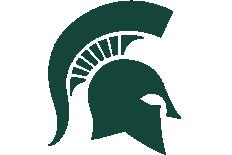
Tight End Ryder Kurtz Breaks Cornell Record
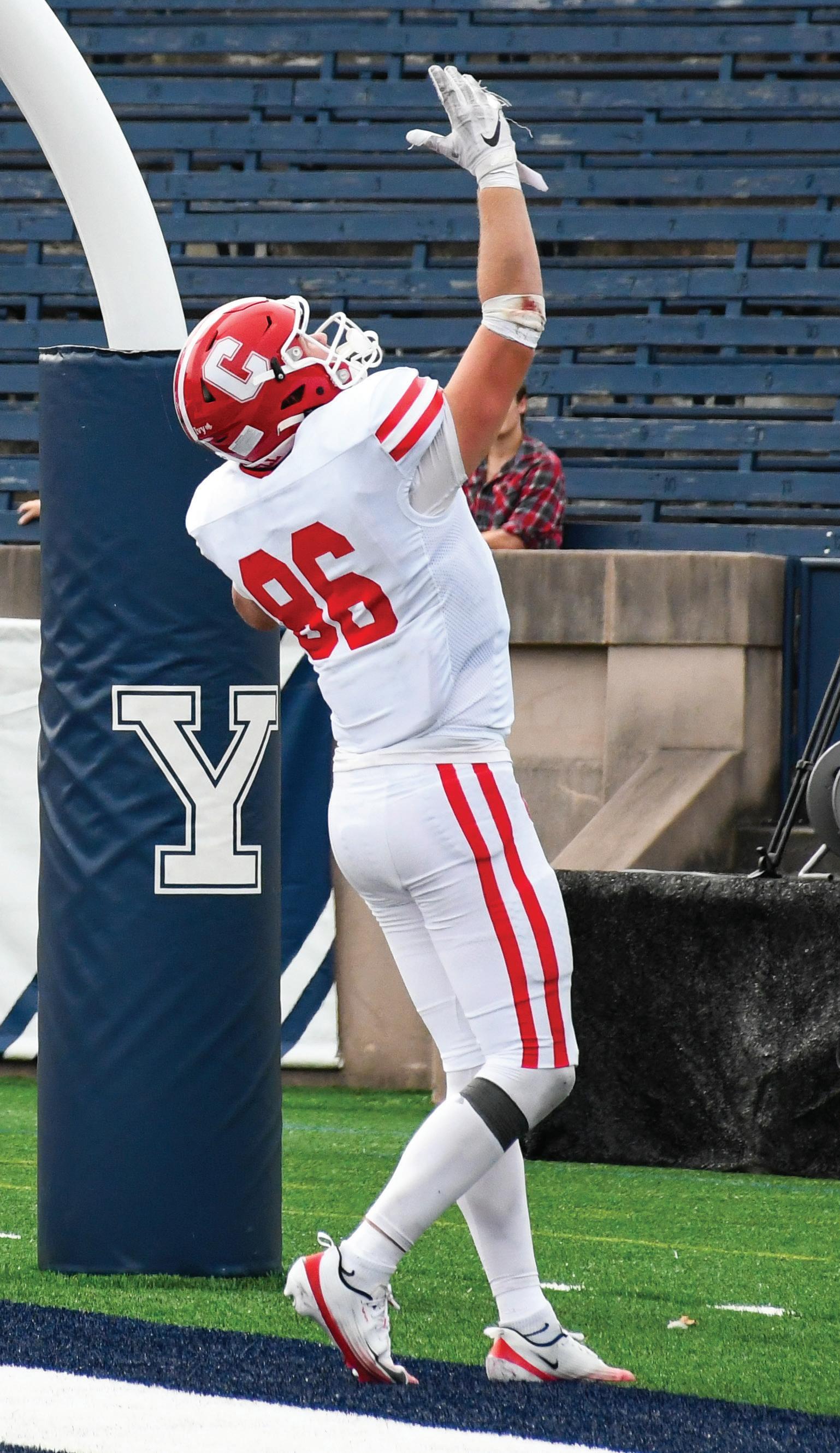
Down by 13 points against Yale and approaching the red zone, junior quarterback Devin Page had multiple options: he could have targeted senior wide receiver Doryn Smith, who ended the game with the most receptions, or he could have handed the ball off to senior running back Robert Tucker III and picked up a few yards.
Instead, on a first down and operating out of a no-huddle, Page fired a pass over the middle to junior tight end Ryder Kurtz, who caught the ball at the one-yard line and forced his way into the end zone.
With this record-breaking play, Kurtz now holds the most touchdown passes caught by a tight end in Cornell football history, having successfully caught six balls in the endzone.
But in the midst of it all, Kurtz had no idea he had just made history, and this touchdown felt like any other one to him.
“I had no idea I broke the record until my mom told me after the game,”
Kurtz said. “[I am] just grateful to God [for] putting me in that position to play the game that I love and my family for always supporting me through everything, especially my mom.”
Kurtz now has 11 receptions, 159 yards and two touchdowns on the season. For Kurtz, the quarterback under center doesn’t impact his performance — he explained that he works with both junior quarterbacks Garrett Bass-Sulpizio and Devin Page to help the two adjust to the offense.
“My job is to be the best teammate I can be and support my guys as much as I can,” Kurtz said. “[I spend] time with them after practice, getting extra routes and extra catches with them to get our timing down. If we missed a route or didn’t like it during practice, we work it after practice to try and get everything as good as we can get it.”
Under head coach Dan Swanstrom, the Red’s offense has undergone a transformation, and Kurtz attests that the difference is “night and day.” He told The Sun that
he enjoys learning from the offensive coaches. No huddle, run-pass option and shotgun formations allow receivers and tight ends like Kurtz the ability to reap the benefits.
“Coach Swanstrom’s offense has been great for our ability to produce on offense,” Kurtz said. “Especially for the tight ends, we are lined up all over the place, and we are always in the play — whether it is in the run game or the pass game.”
Now, Kurtz is focused on winning and has his attention focused on the Red’s homecoming matchup against Colgate. The last time Cornell faced the Raiders, it lost 41-24, and Kurtz had just one reception good for 12 yards.
“I have trust in all of my teammates and my coaches, and trying to win each day is our top priority,” Kurtz said. “They trusted me enough to put me on that field, and it feels great to be able to help the team out in any way that I can.”
Zeinab Faraj can be reached at zfaraj@cornell.edu.
ZEINAB FARAJ Sun Features Editor
ALEXIS ROGERS Sun Sports Editor
Cornell
Saturday, 2 p.m. Ithaca, NY
Football vs.
Colgate
Alexis Rogers can be reached at arogers@cornellsun.com.
SLOANE WACHS / CORNELL ATHLETICS
FOOTBALL PREPARES TO HOST COLGATE
THE RED AIMS TO REPEAT LAST YEAR’S HOMECOMING VICTORY
ALEXIS ROGERS Sun Sports Editor
The Red makes its long-awaited return to Ithaca this weekend for homecoming, hoping to change its momentum in the wake of two away losses. Its competitor is one of three non-Ivy League opponents for the season: Colgate University.
The debut of Colgate head coach Curt Fitzpatrick has been underwhelming so far; the Raiders had a slow start to the season, taking three consecutive beatings from Monmouth University, Villanova University, and Syracuse University. They made a strong showing against Fordham University on Saturday, taking their first victory of 2025 by a resounding 41-21 margin.
Fitzpatrick guided SUNY Cortland to take the Division lll championship in 2023, and he entered his position at Colgate at a dire time for the Raiders. Last year, Colgate went 2-10 on the season—though one of those two wins was over Cornell.
The Raiders were most recently Cornell’s homecoming match in 2023, taking a 35-25 victory in an error-filled competition that saw the Red fumble the possibility for a comeback in the fourth quarter.
Last year, Colgate ran away with a 41-24 win over Cornell in the Red’s season opener.
Both Cornell and Colgate began the season with no standout quarterback, and while the Red has seen a decisive trend at the position, Colgate has given several contenders time in the spotlight.
Junior Devin Page has emerged as the Red’s starting quarterback over the first two games, responsible for all four of Cornell’s touchdowns—three passing, one running. He currently averages 45.5 rushing yards, 178.5 passing yards and has earned a 50.79 percent pass completion rate. The other frontrunner for the position, junior Garrett BassSupizio, split time with Page for the season opener against Albany but only made a brief appearance last week at Yale.
“[With] first-time starters, there’s definitely some growing pains,” Swanstrom said. “Doing two at the same time definitely doubled down on the whole thing.”
Colgate has fielded three different quarterbacks over four games, with Zach Osborne and Jake Stearney taking the bulk of the responsibility. Osborne—who averages 205 passing and 34 rushing yards per game—suffered an injury during the season opener, but he made a return a week later against Villanova.
Though it managed to hold Albany to just 13 points in the season opener, the Red’s defensive struggles reared their head against Yale last weekend. Cornell took an early lead but ultimately relinquished a frustrating 41-24 loss to the team it defeated for homecoming in 2024.
The Red will need to balance the offensive energy it showed early against Yale with the defensive coordination that helped keep it close against Albany in order to put up a strong front at home. The Raiders have averaged much higher scoring output, but only two games into the season, there’s room for Cornell to learn from its early shortcomings.
“Mistakes in this league, with this competition, will get exposed,” Swanstrom said. “I thought the level of detail and effort [against Albany] was much, much better. Even on the offensive side of the ball, there was legitimate fight and competitiveness.”
Gates for the parking lot tailgate outside of Saturday’s homecoming game will open at 11 a.m., with kickoff slated for 2 p.m. Fans can tune in to the match virtually on ESPN+.
Alexis Rogers can be reached at arogers@cornellsun.com.
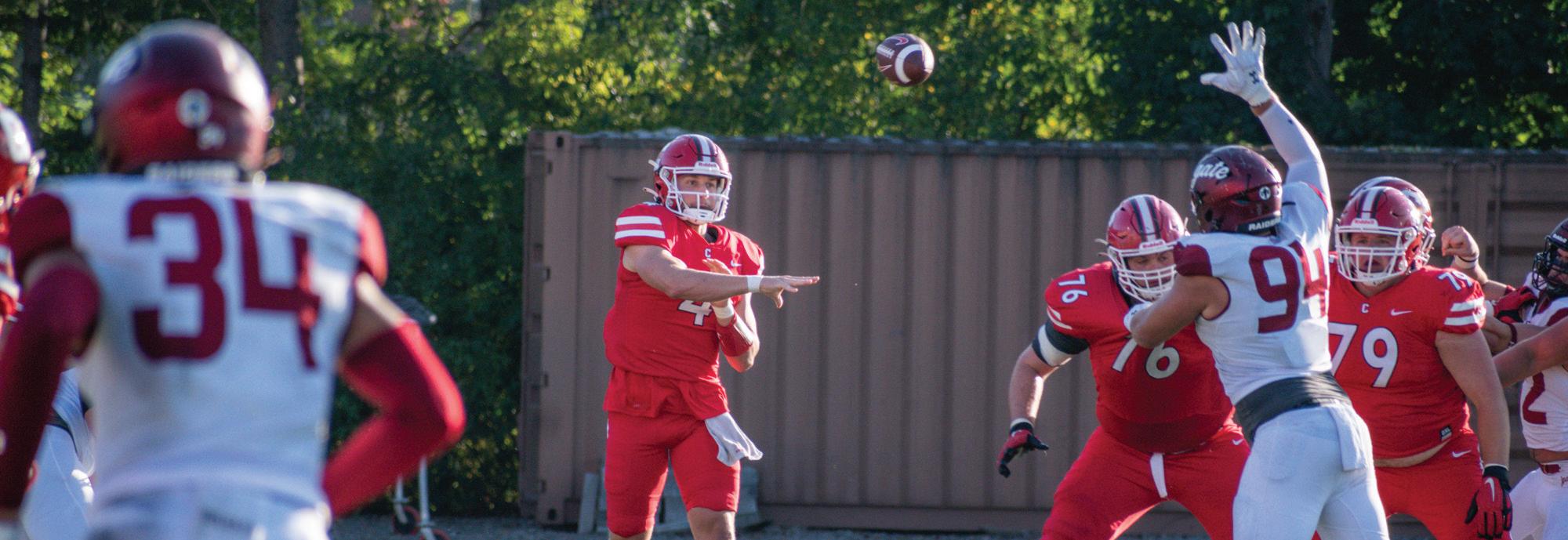
Sun Staff Football Picks
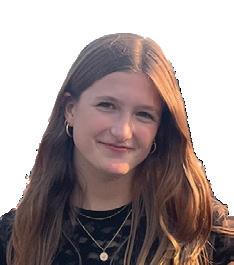
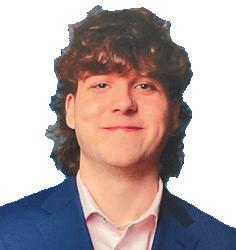
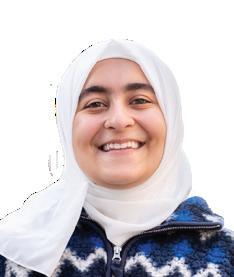

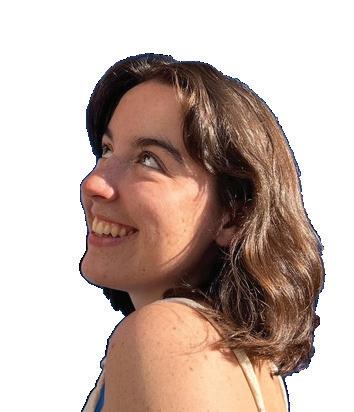
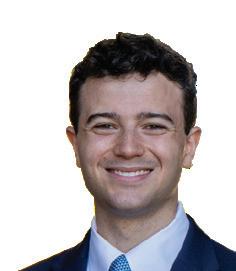

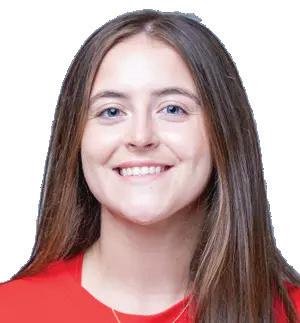
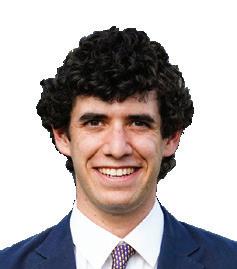

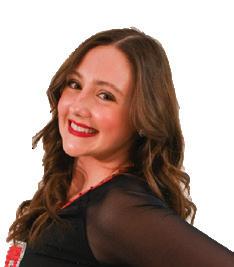
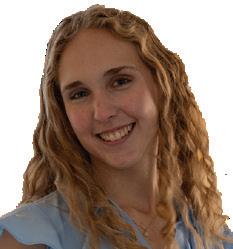
LEILANI BURKE / SUN SENIOR EDITOR
DOROTHY
